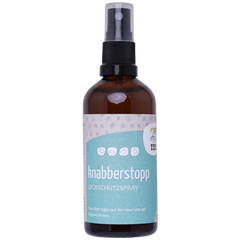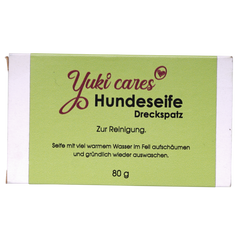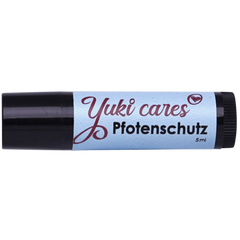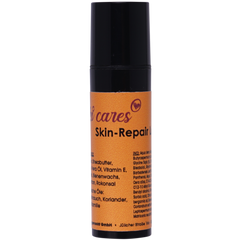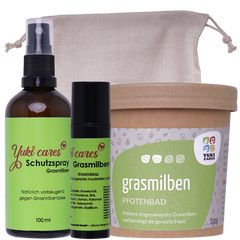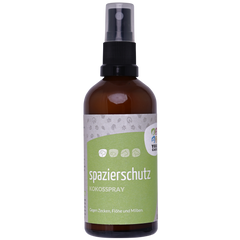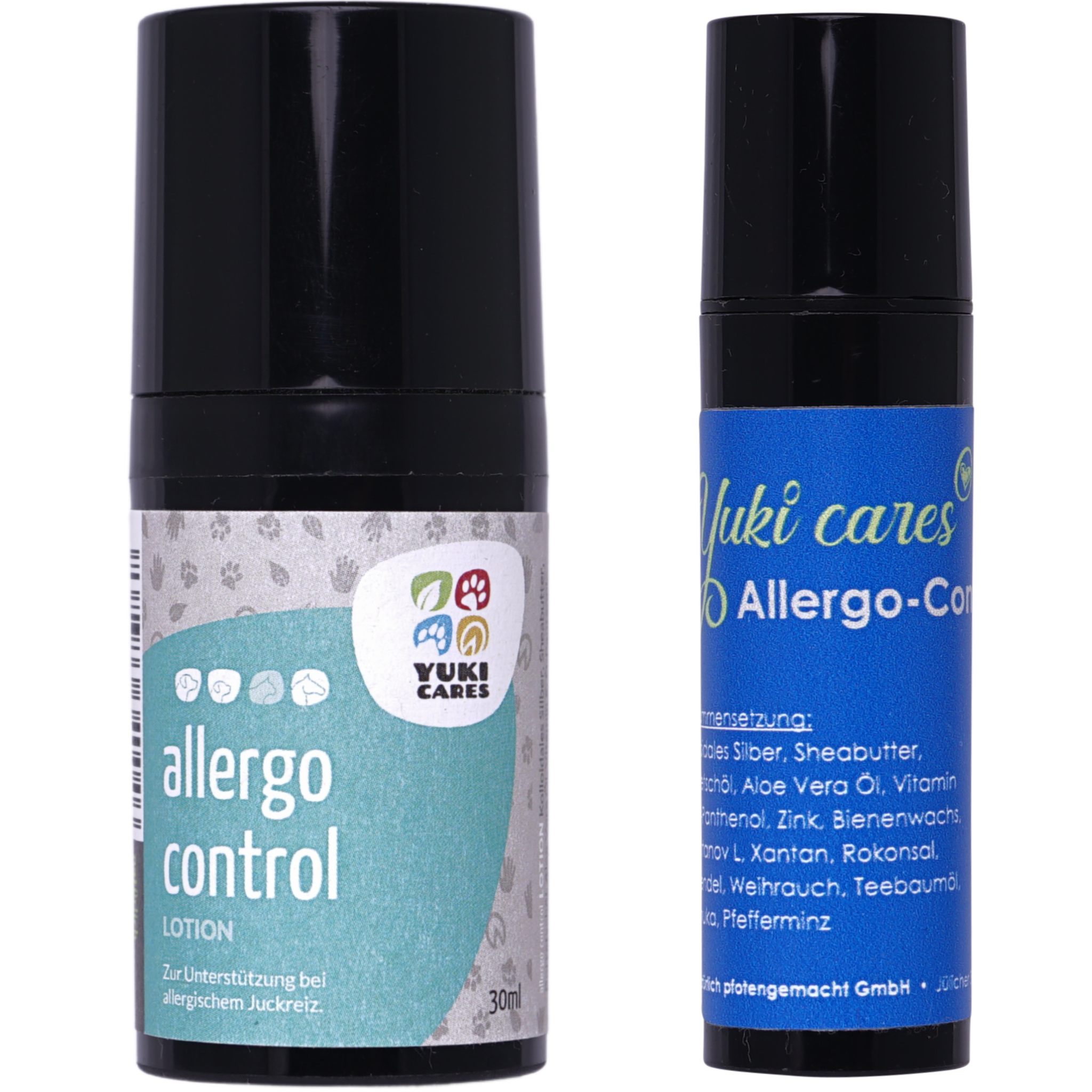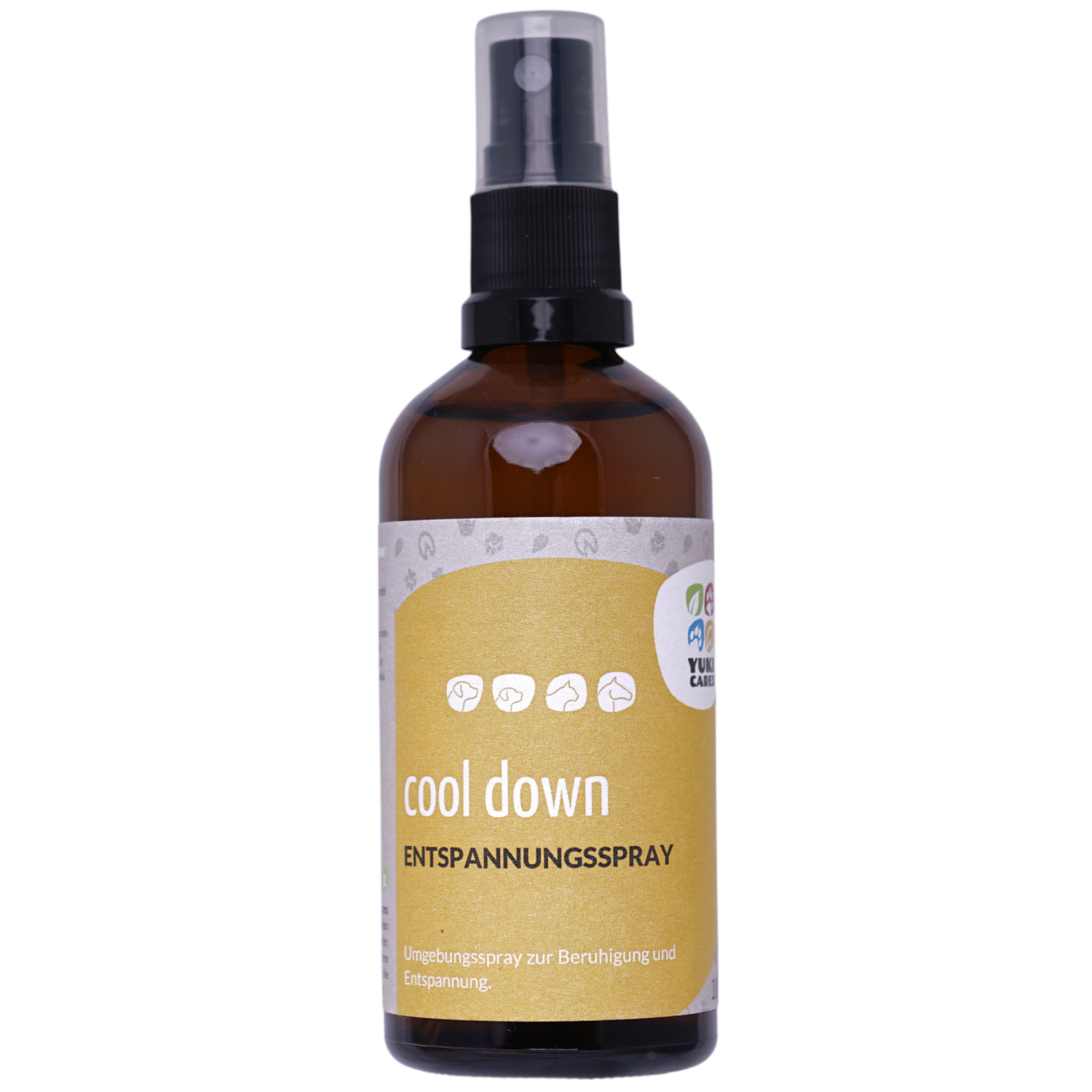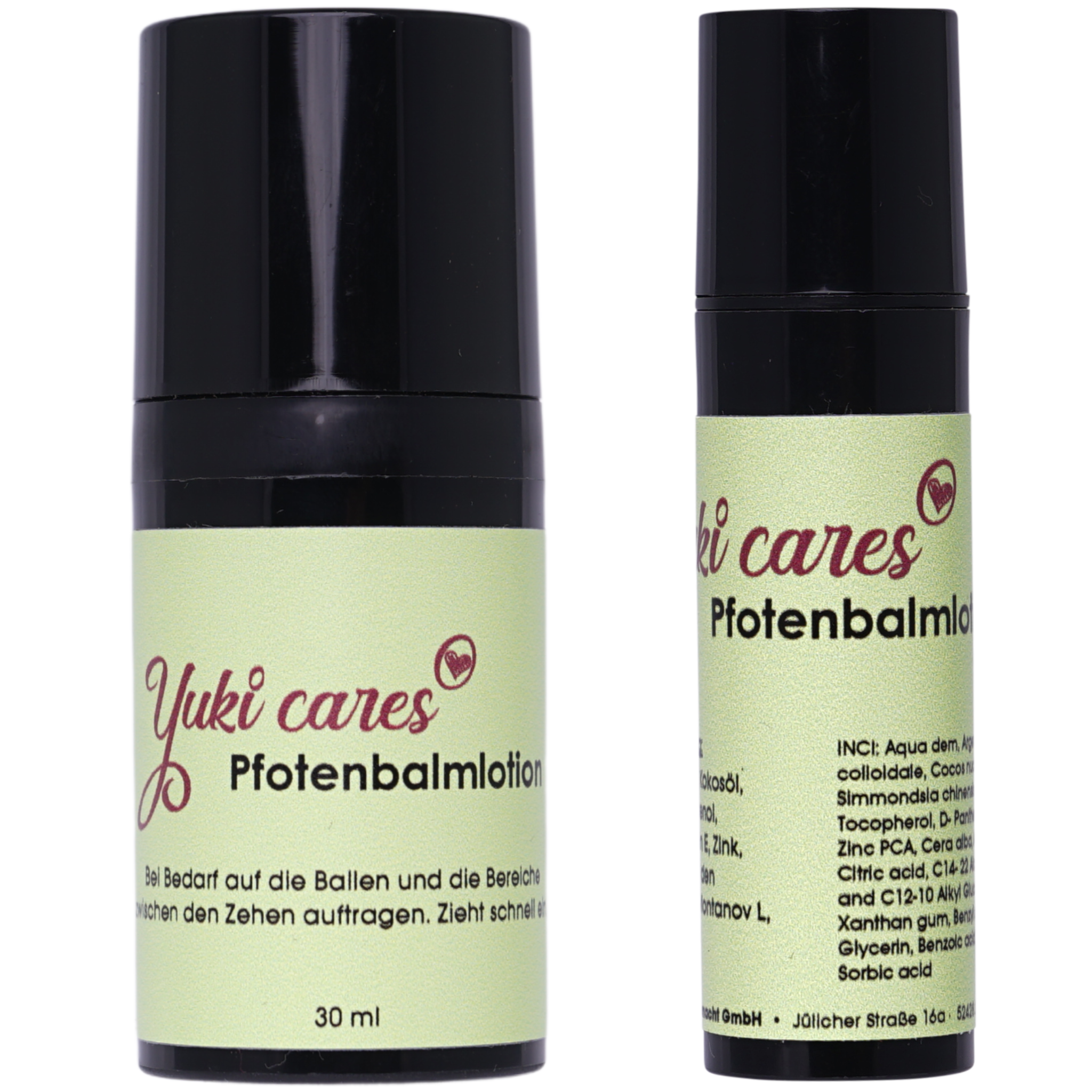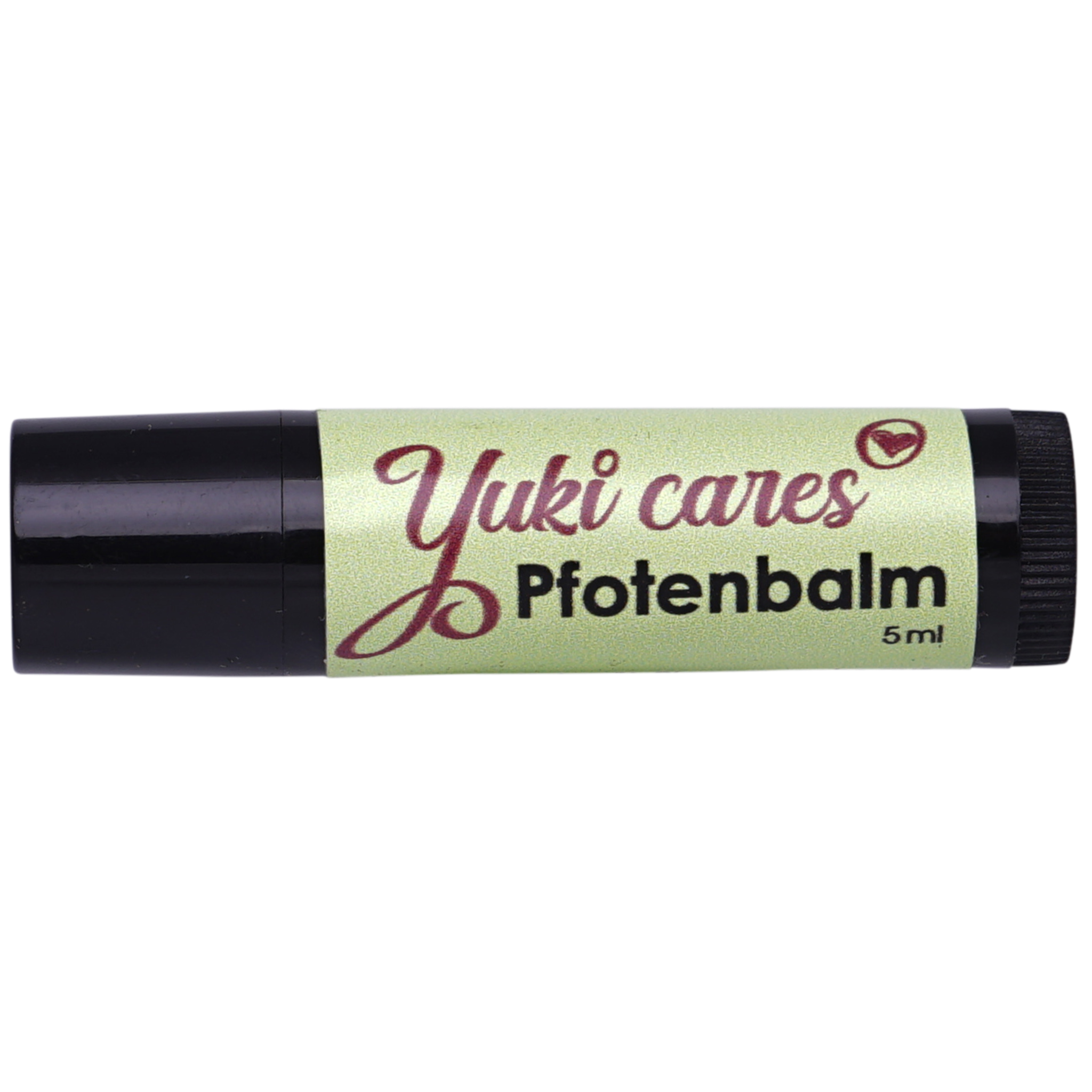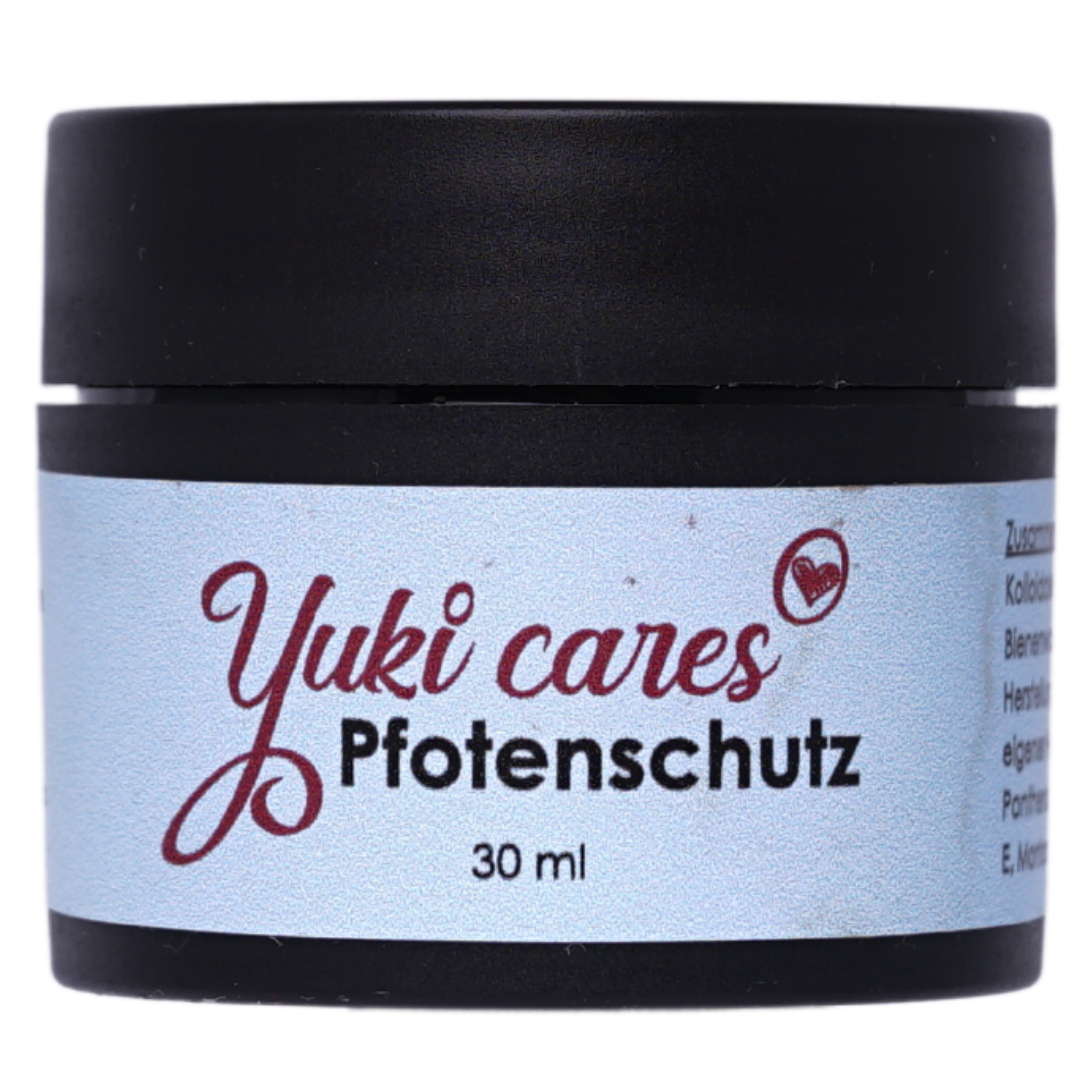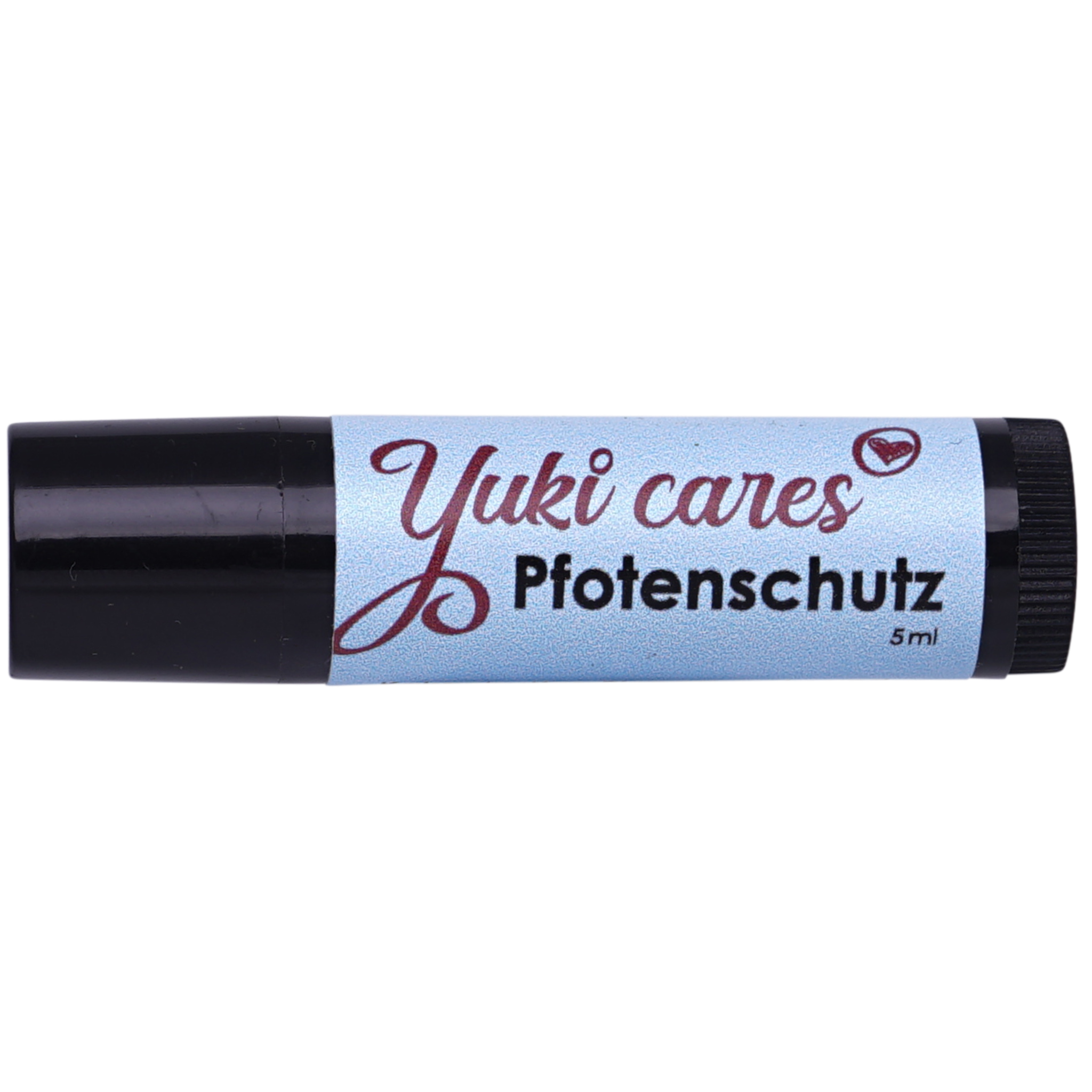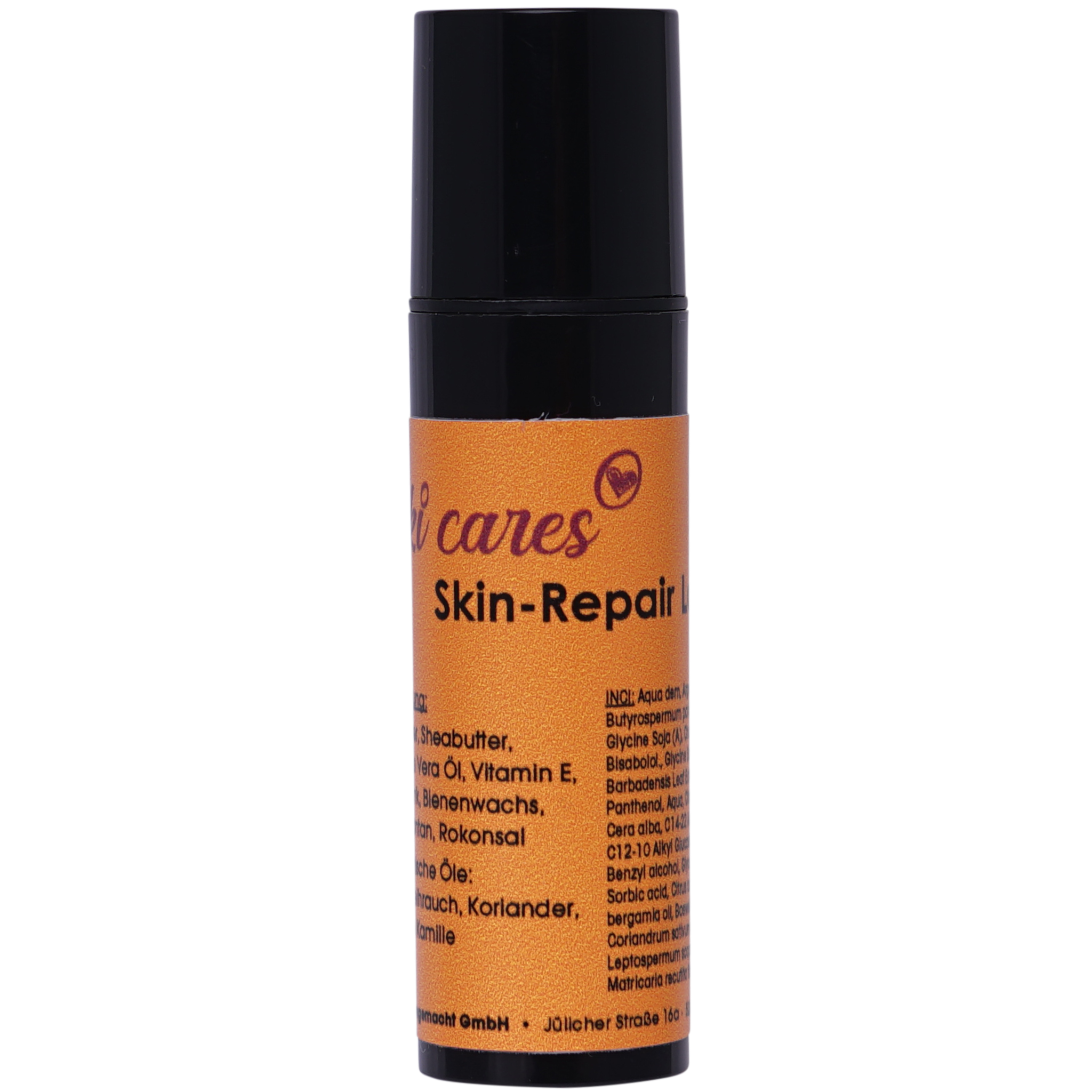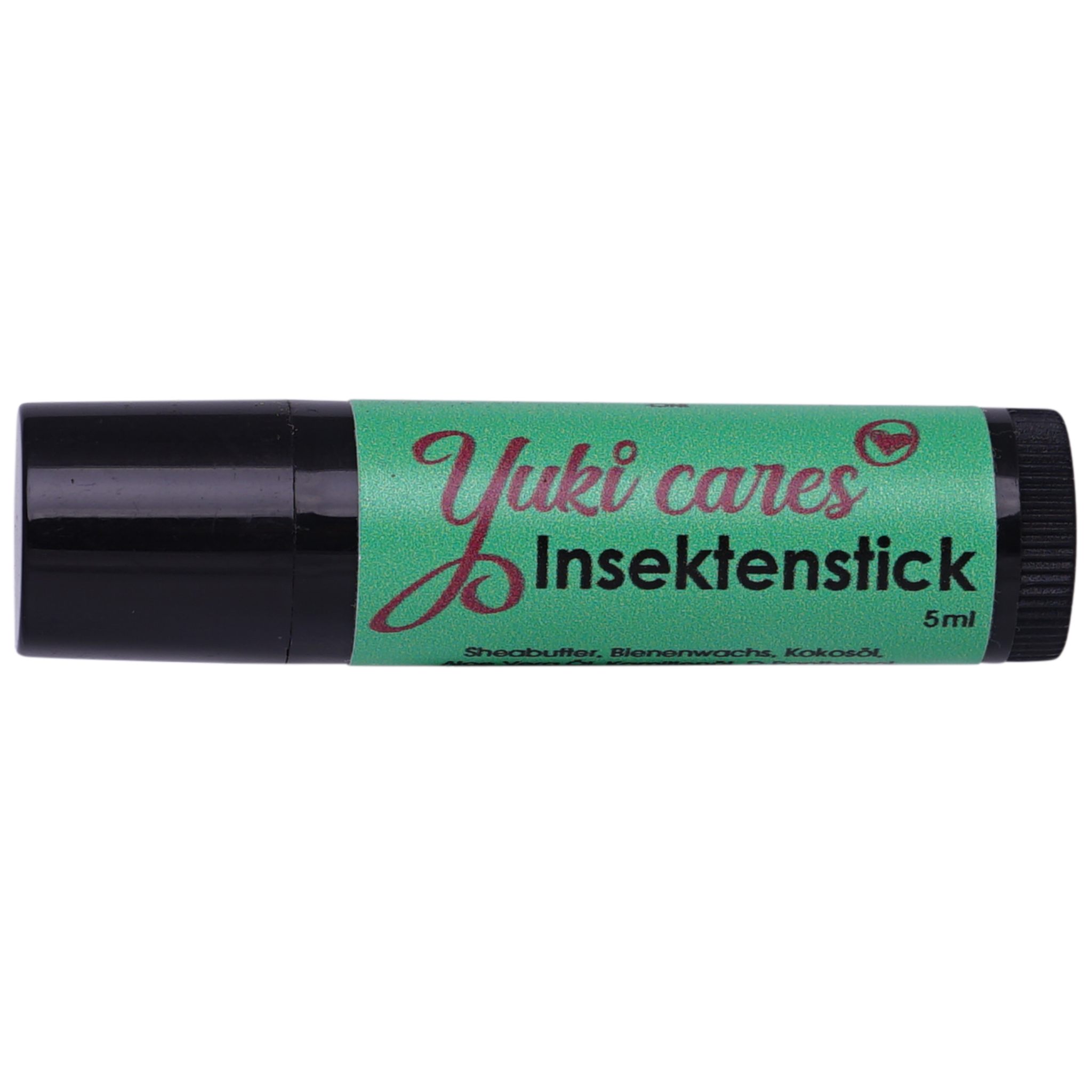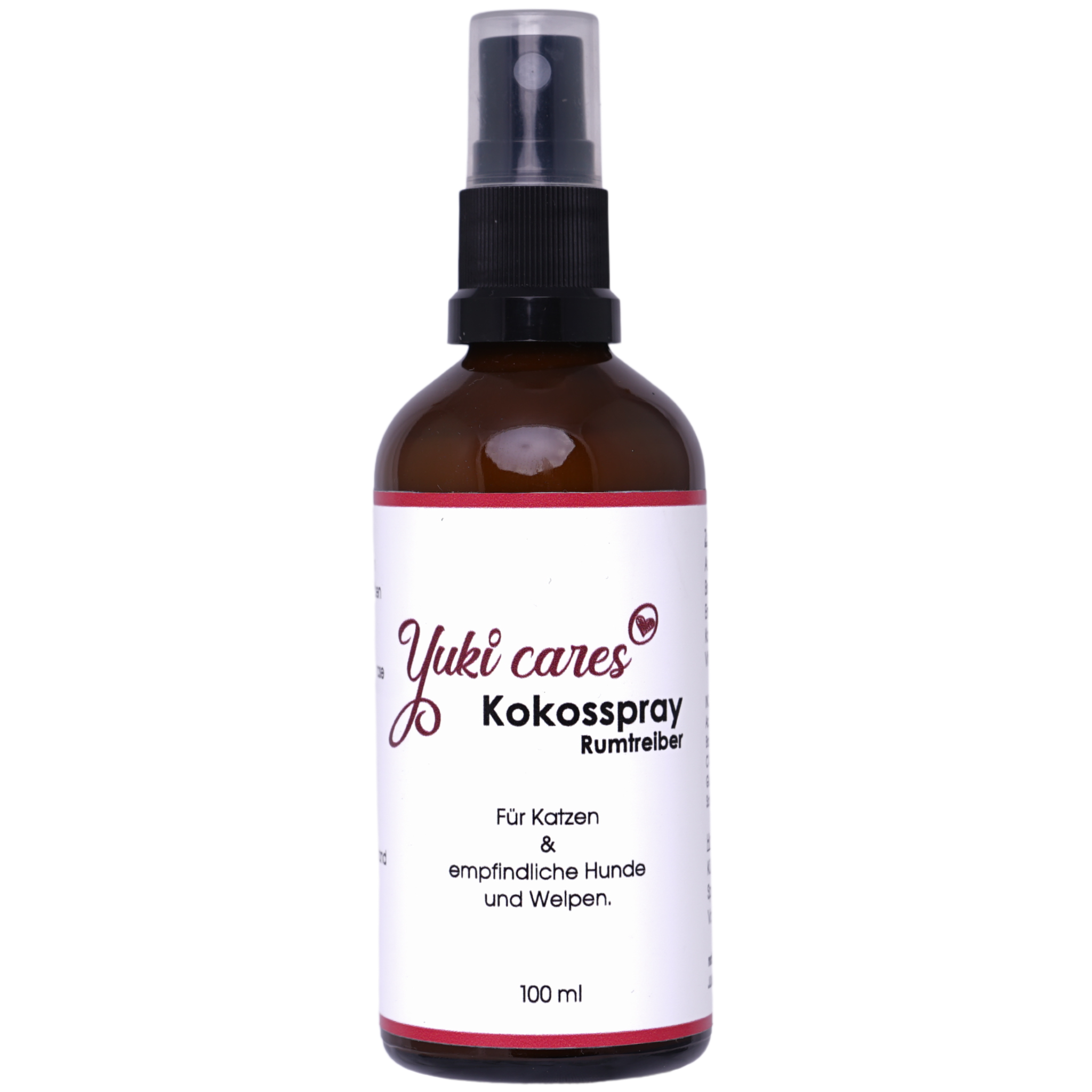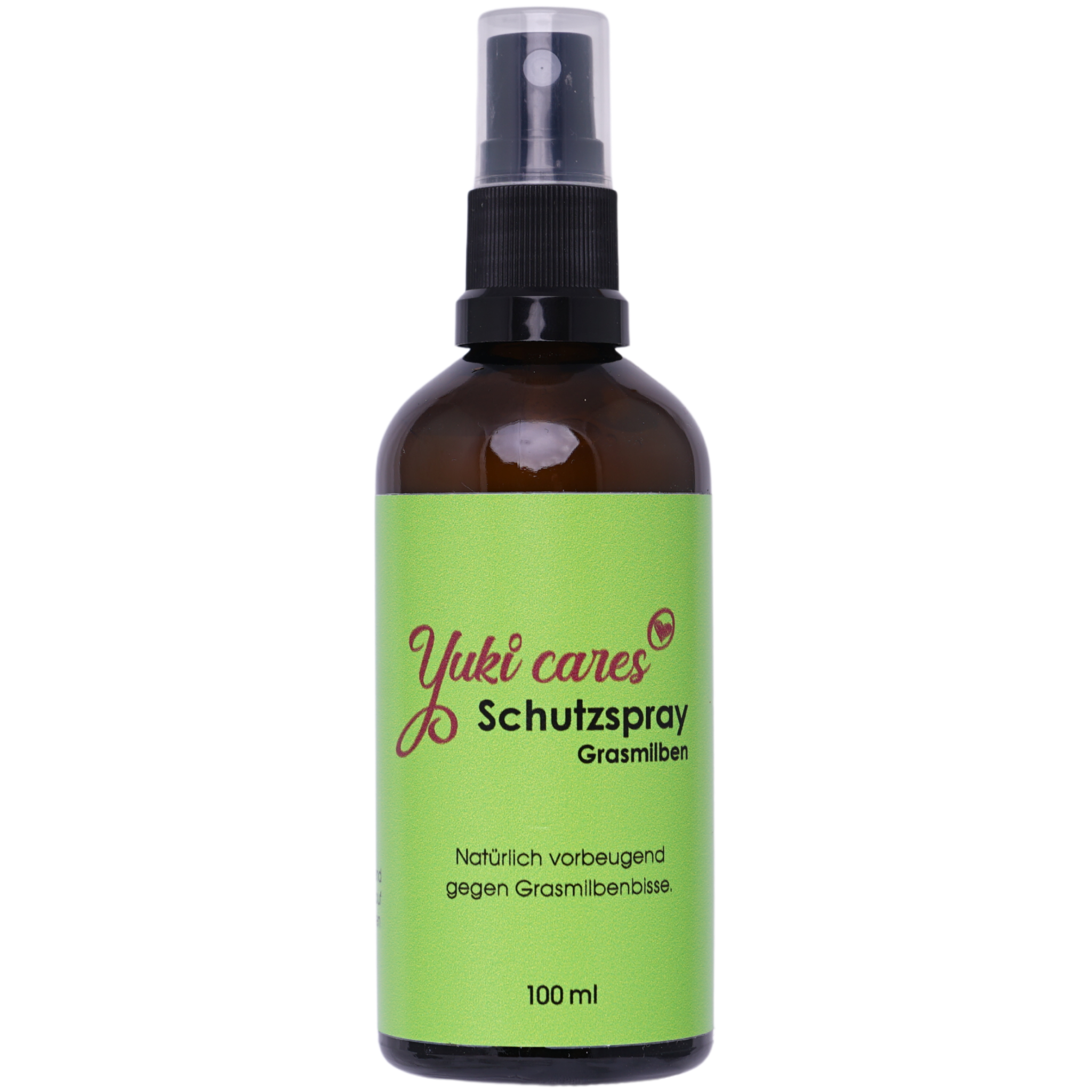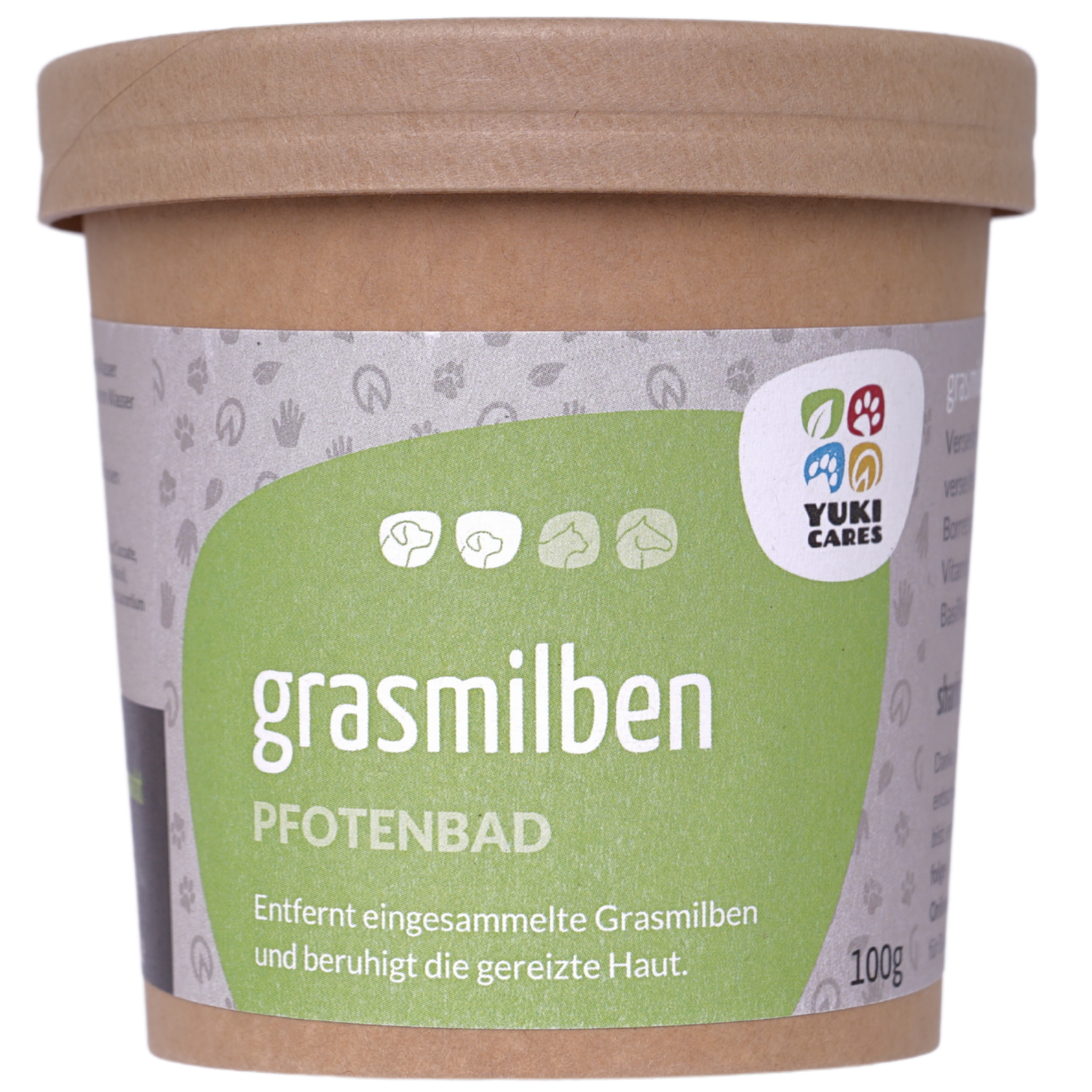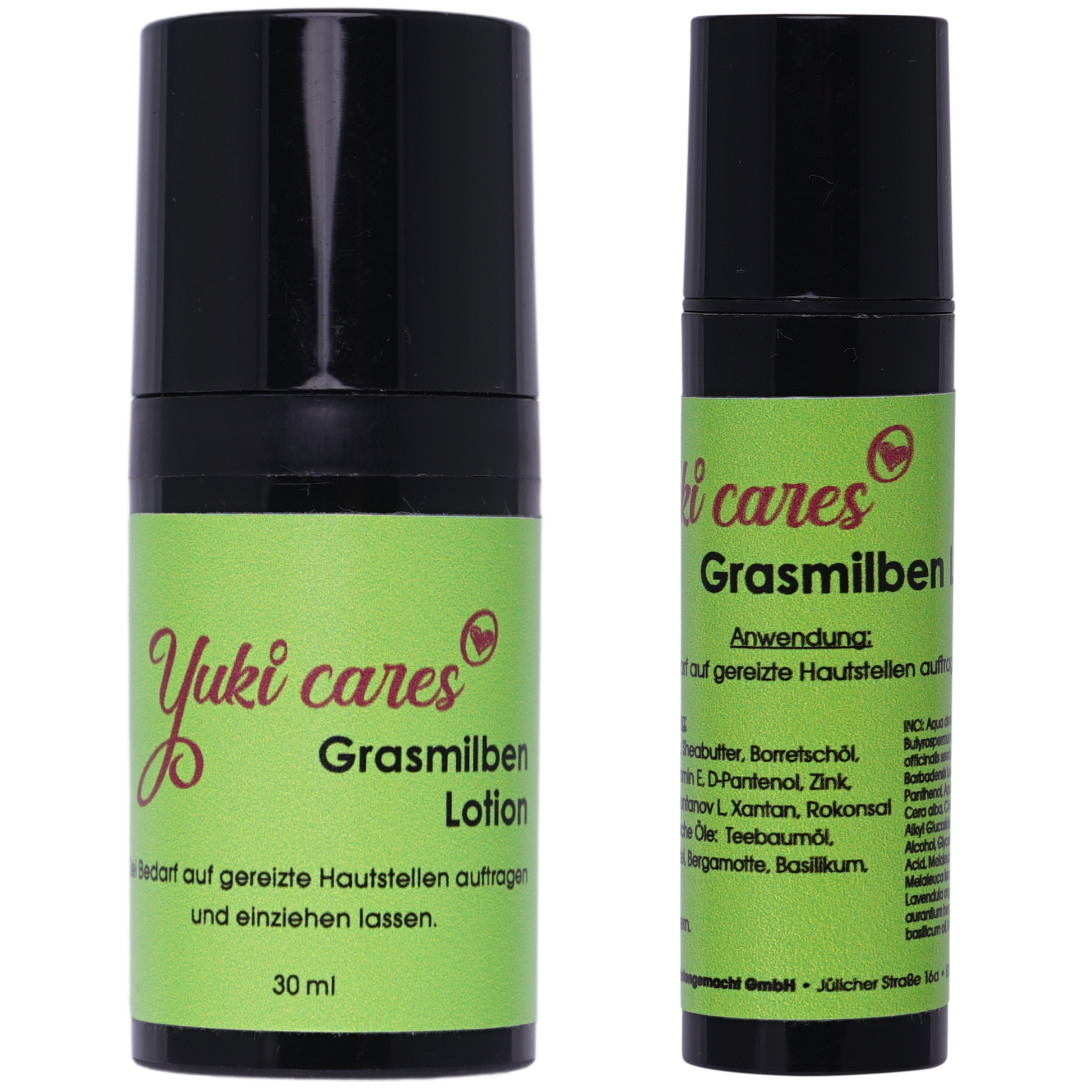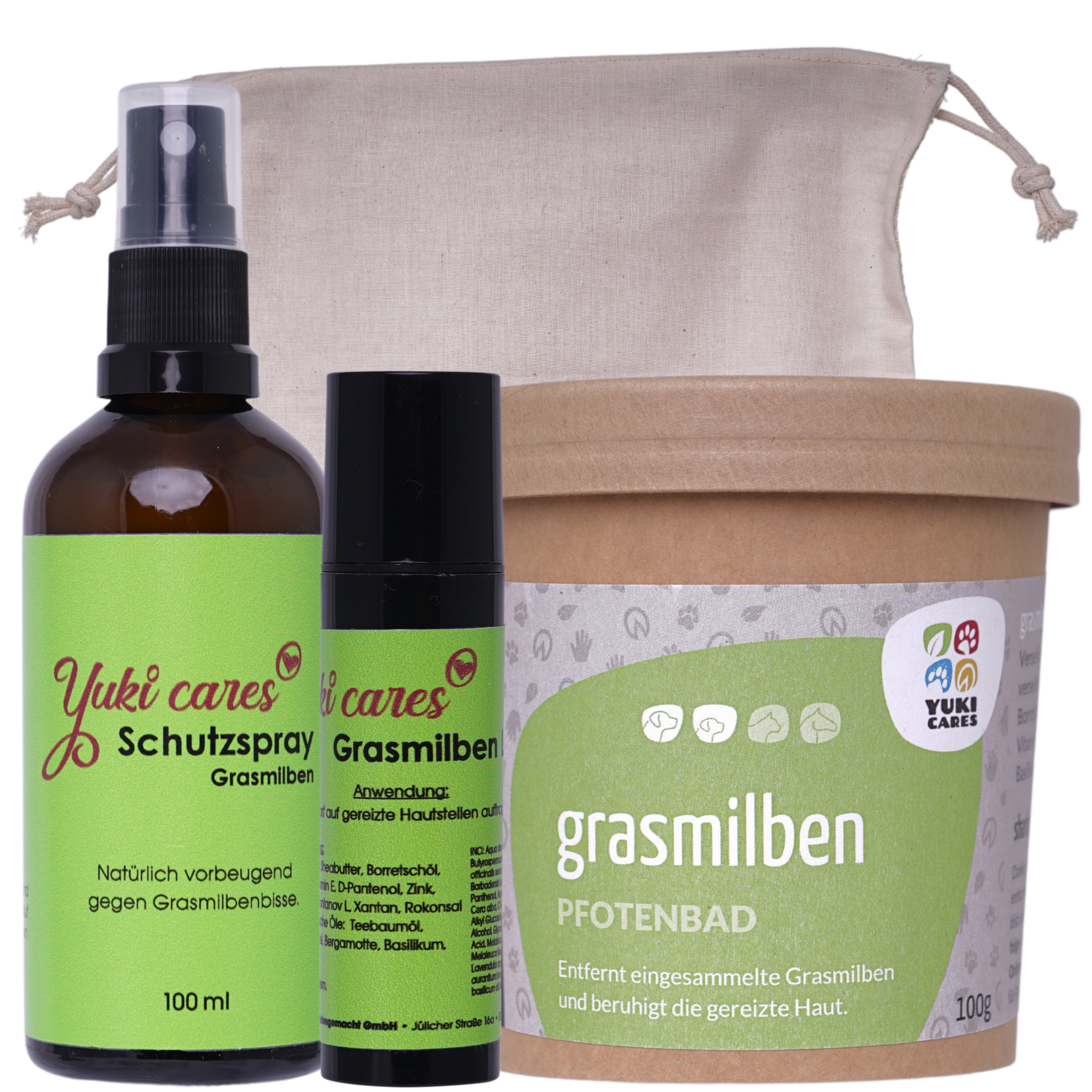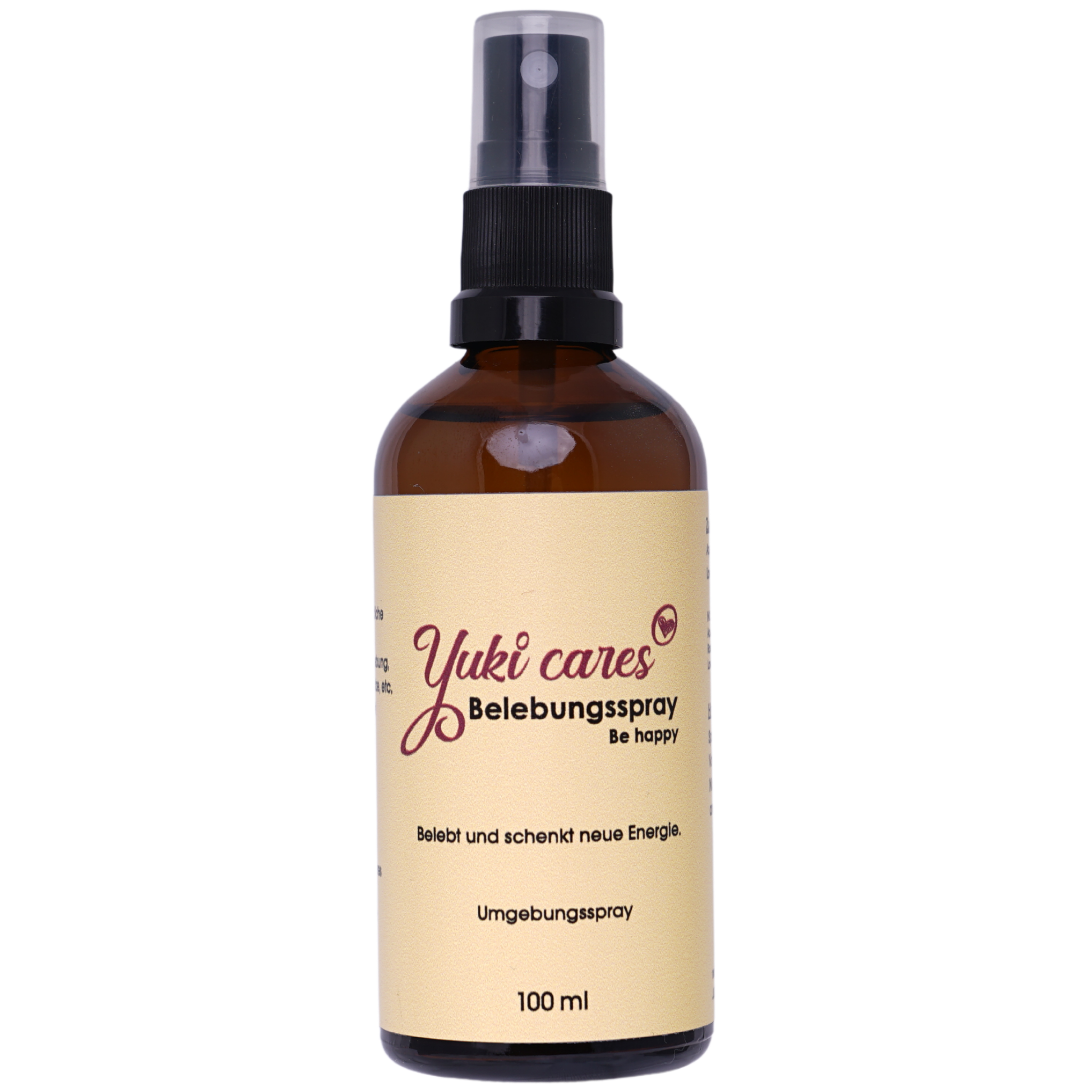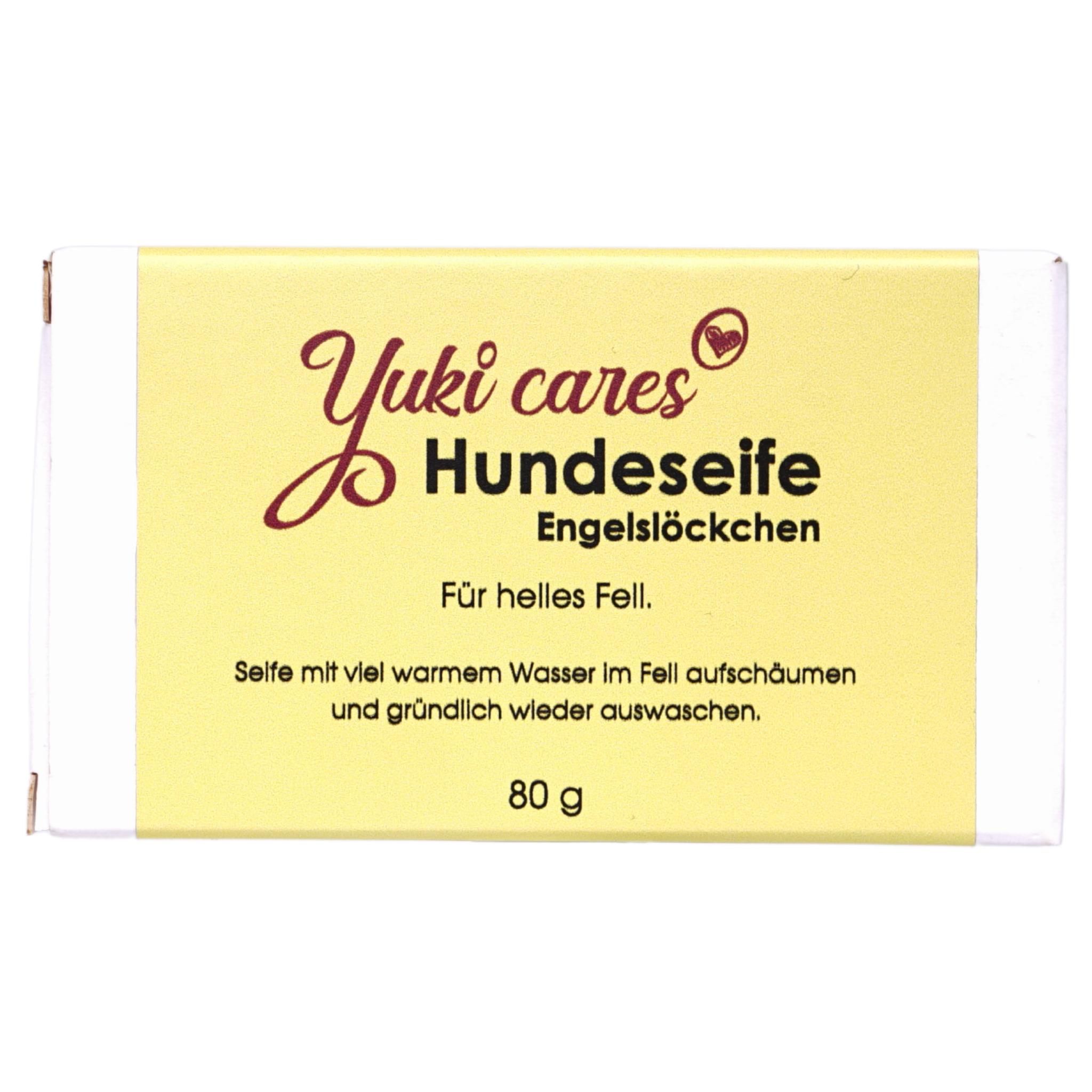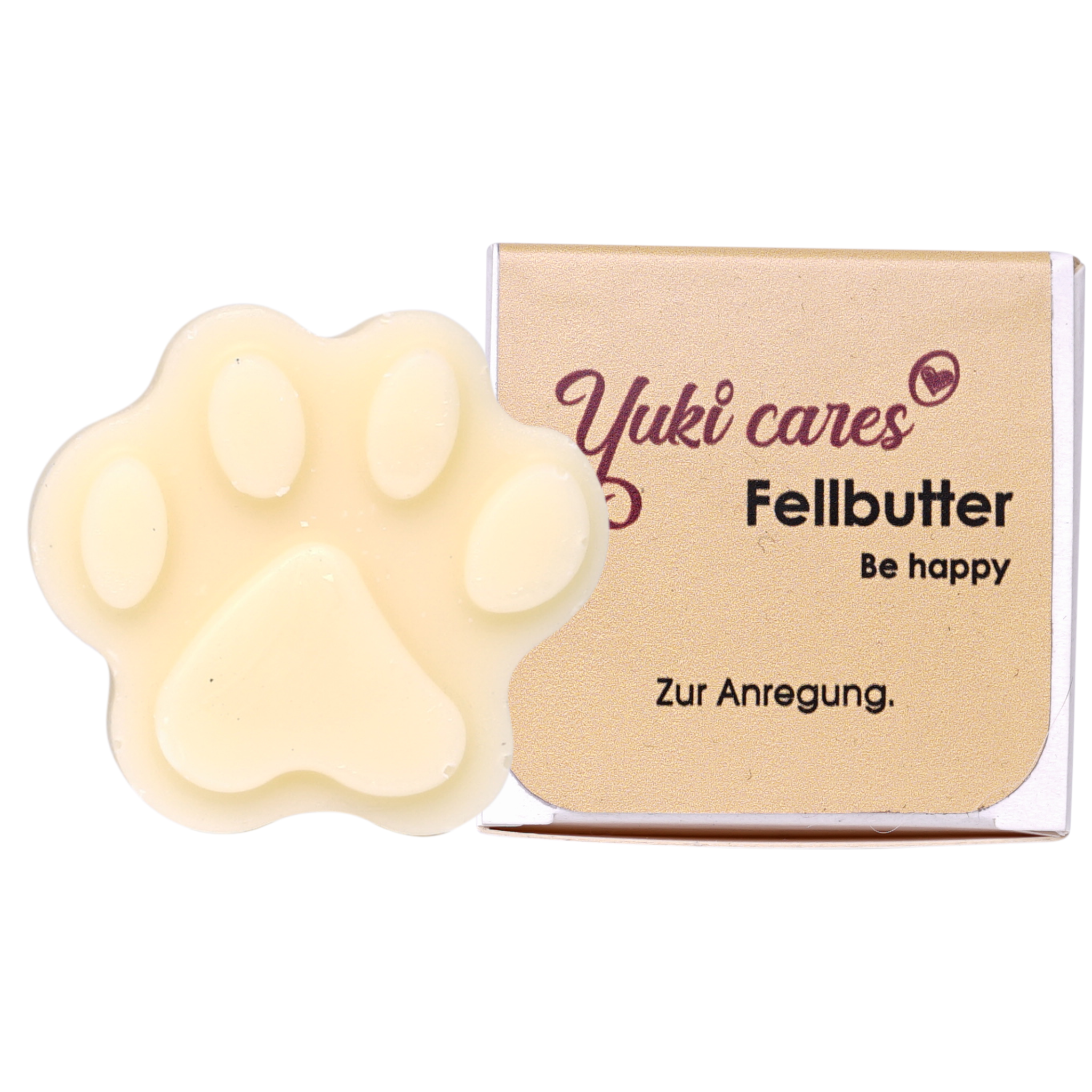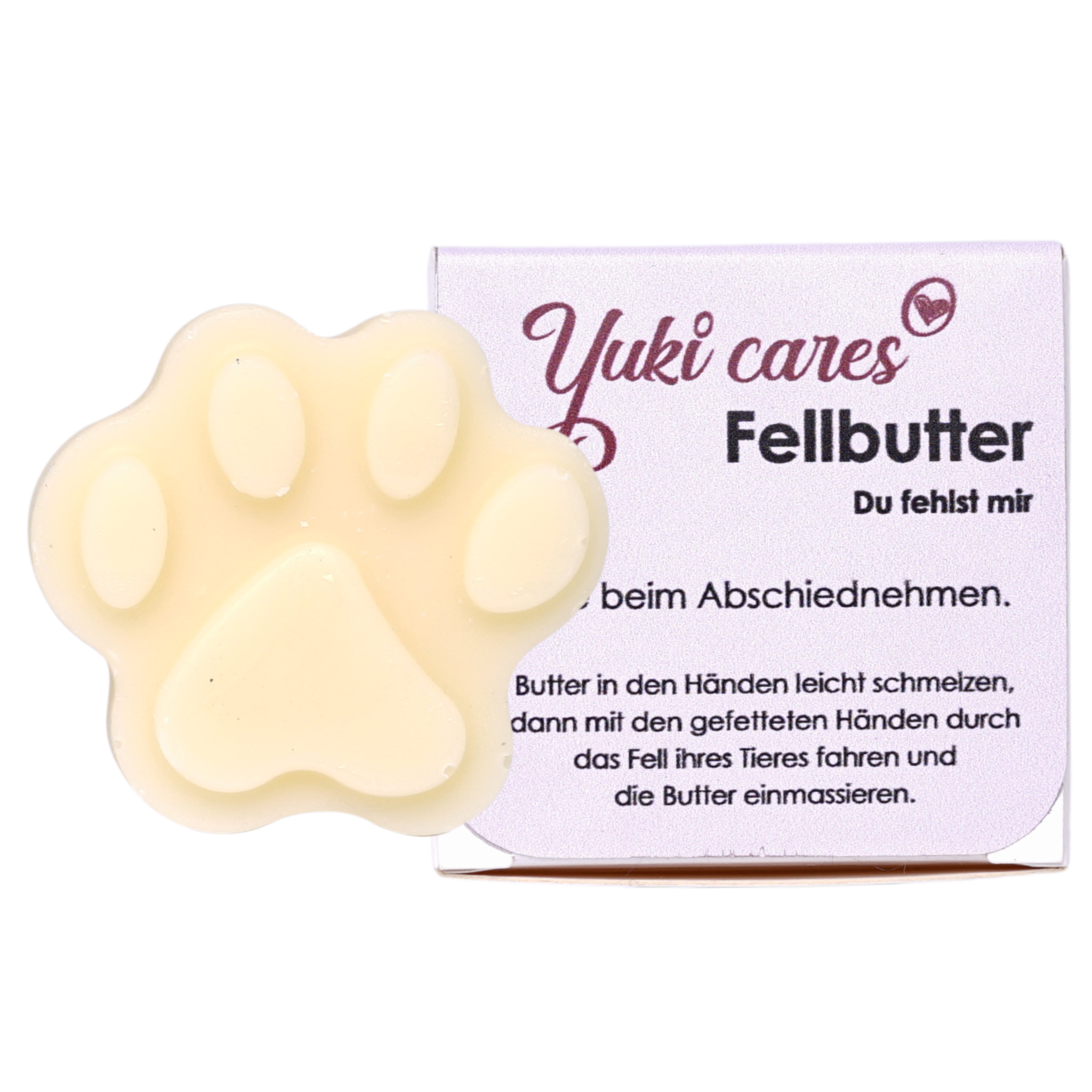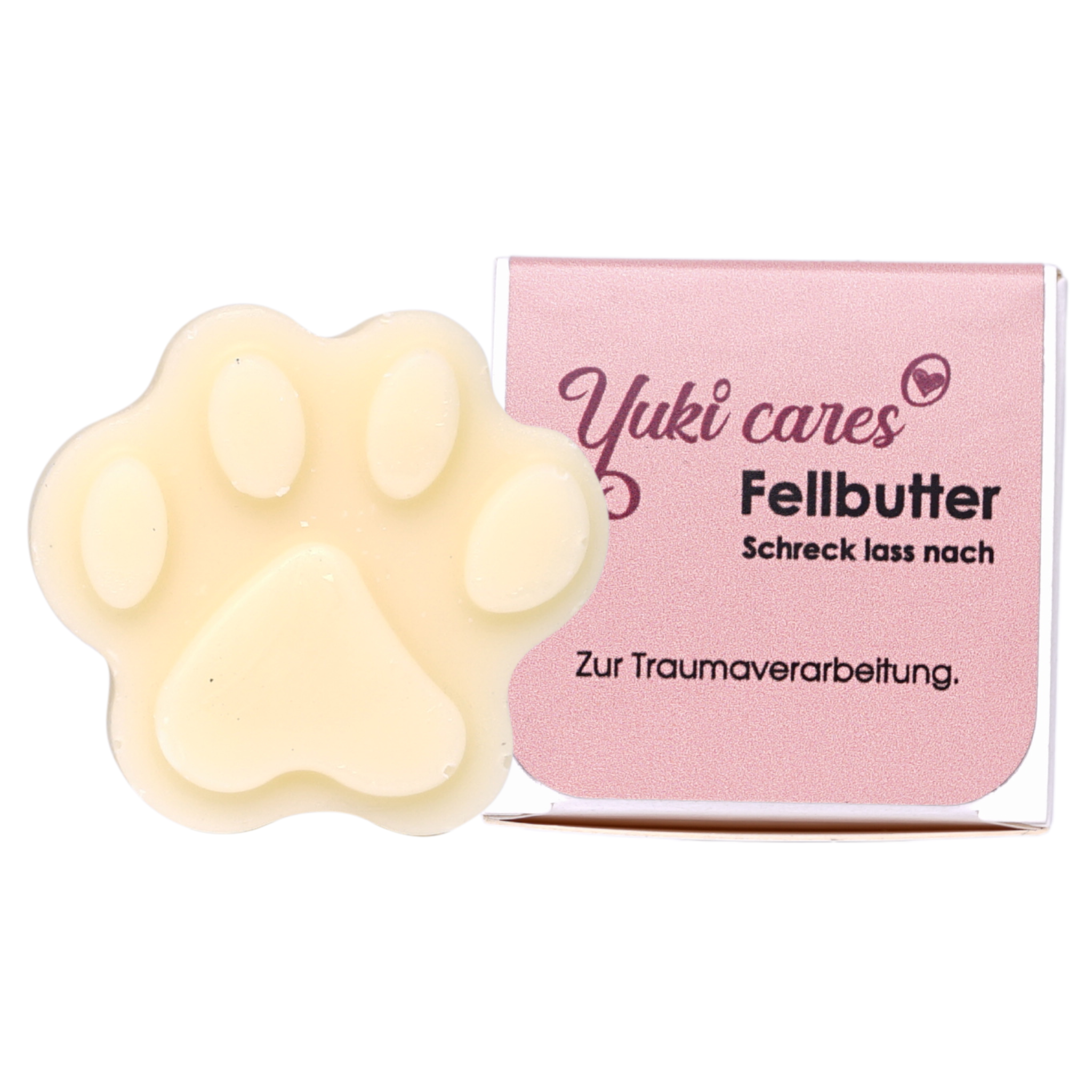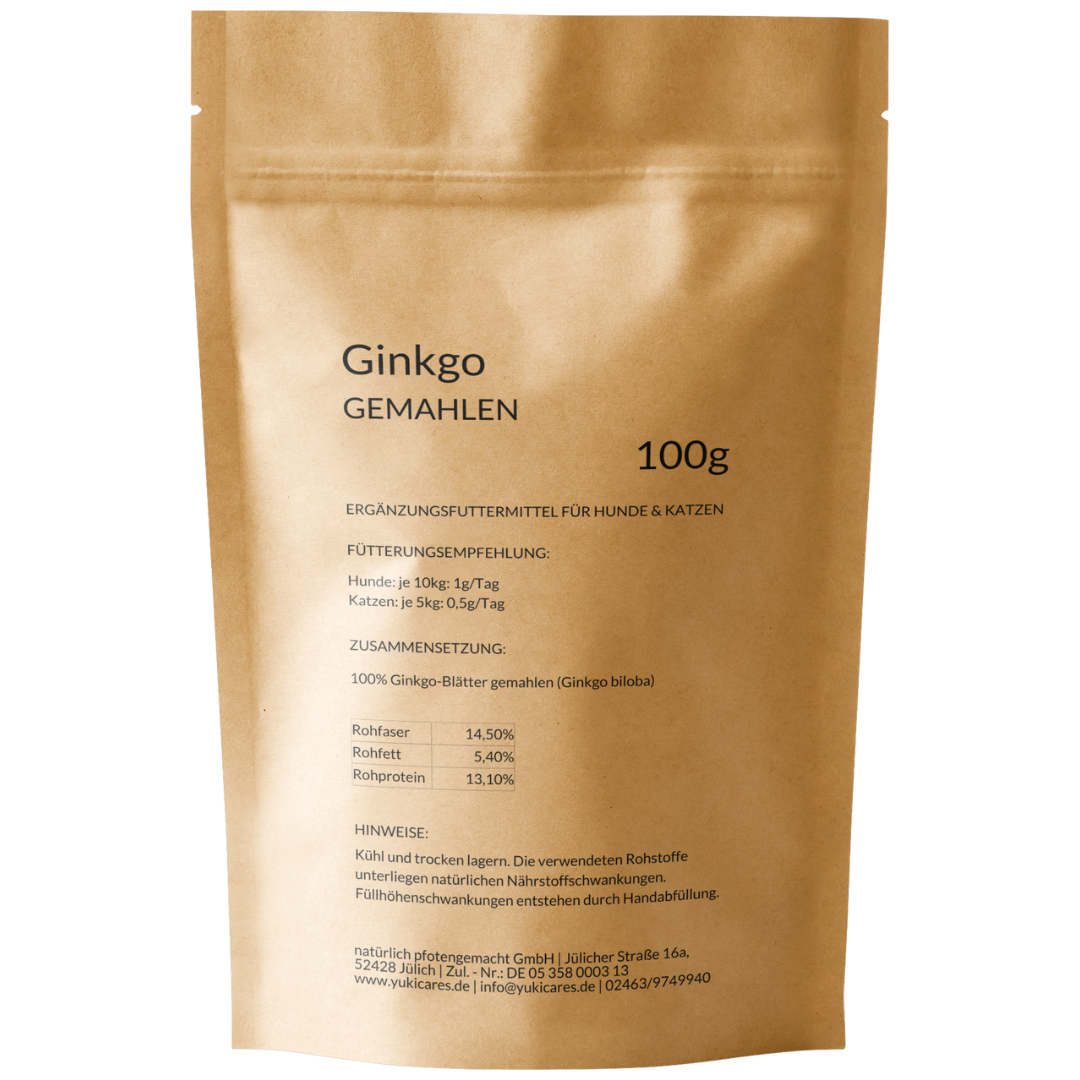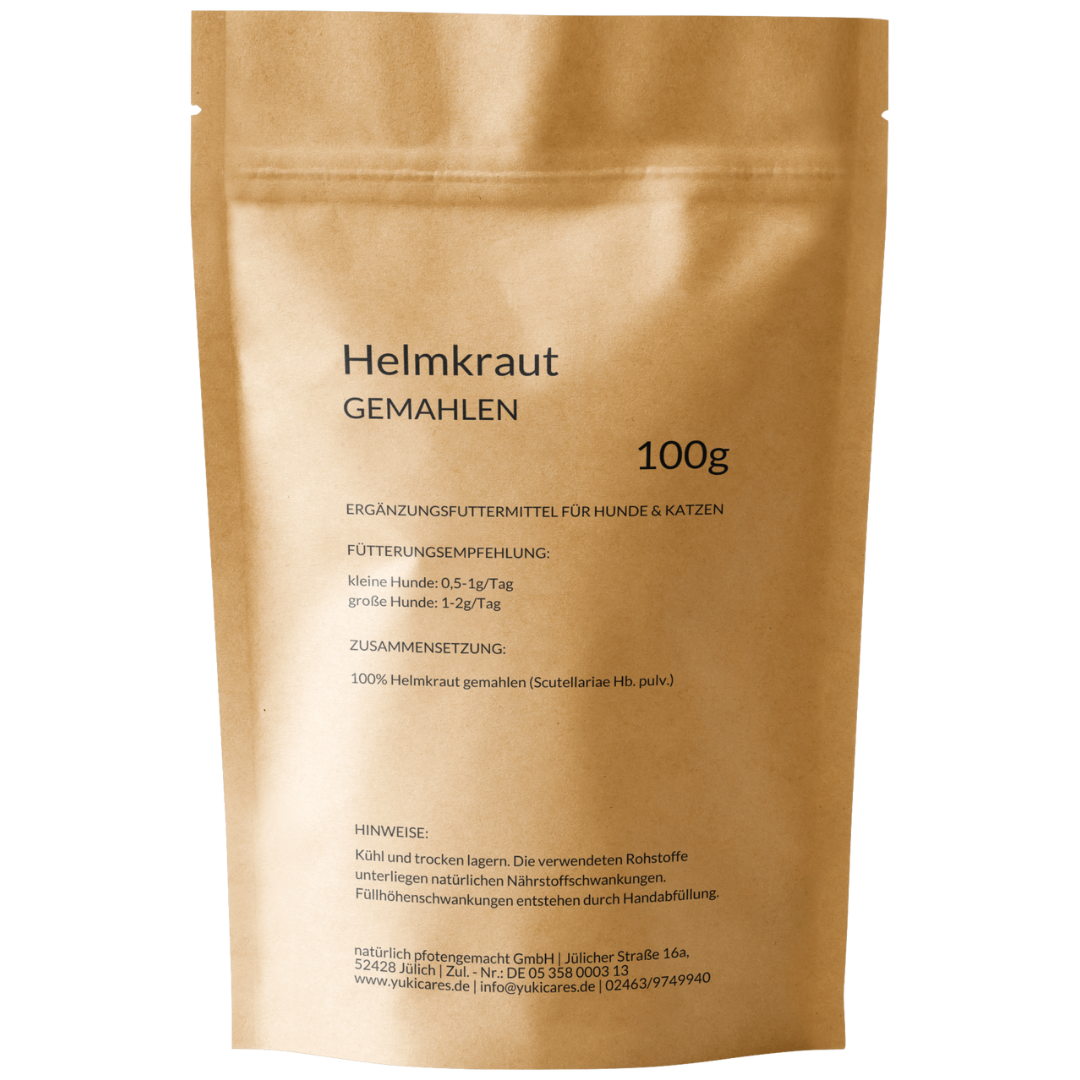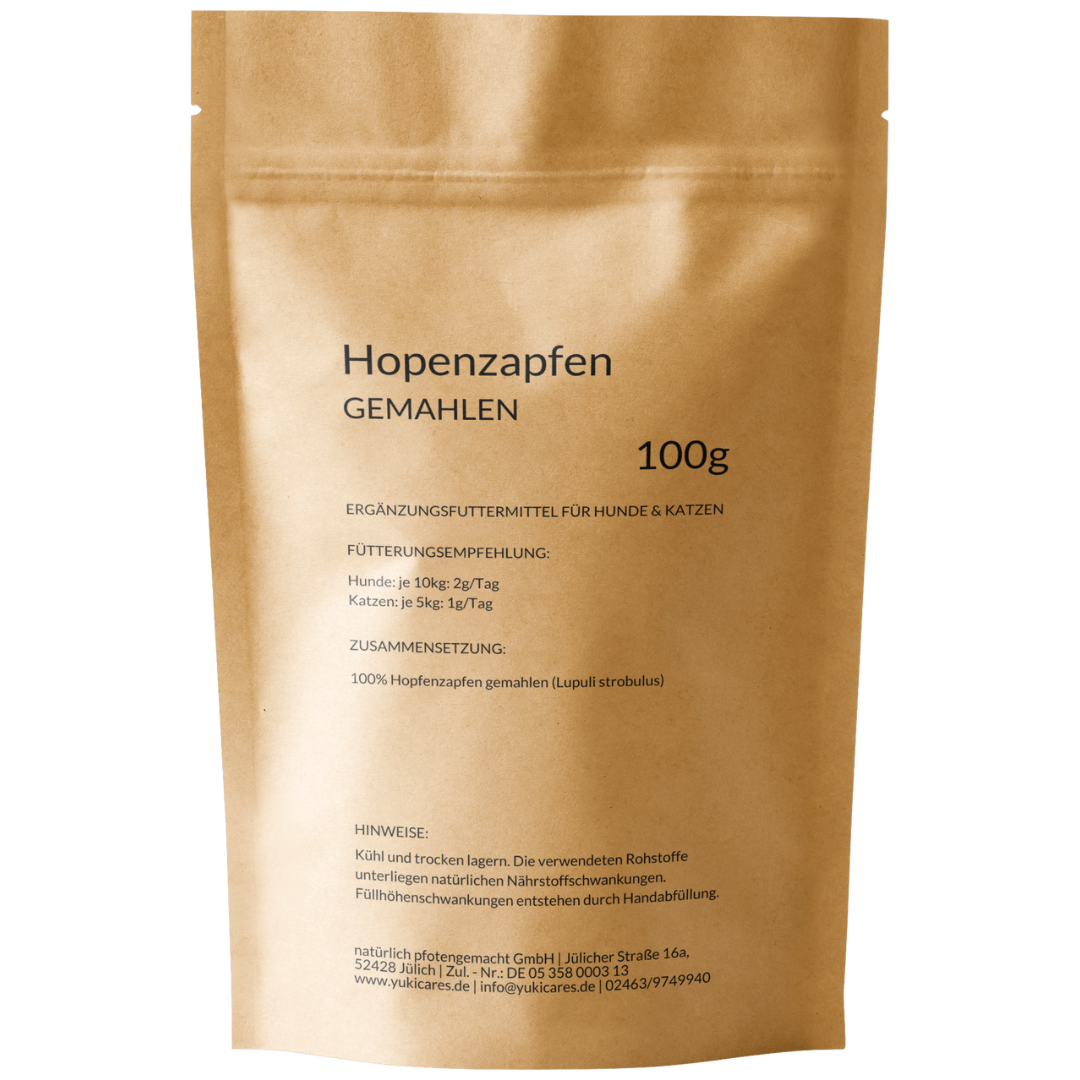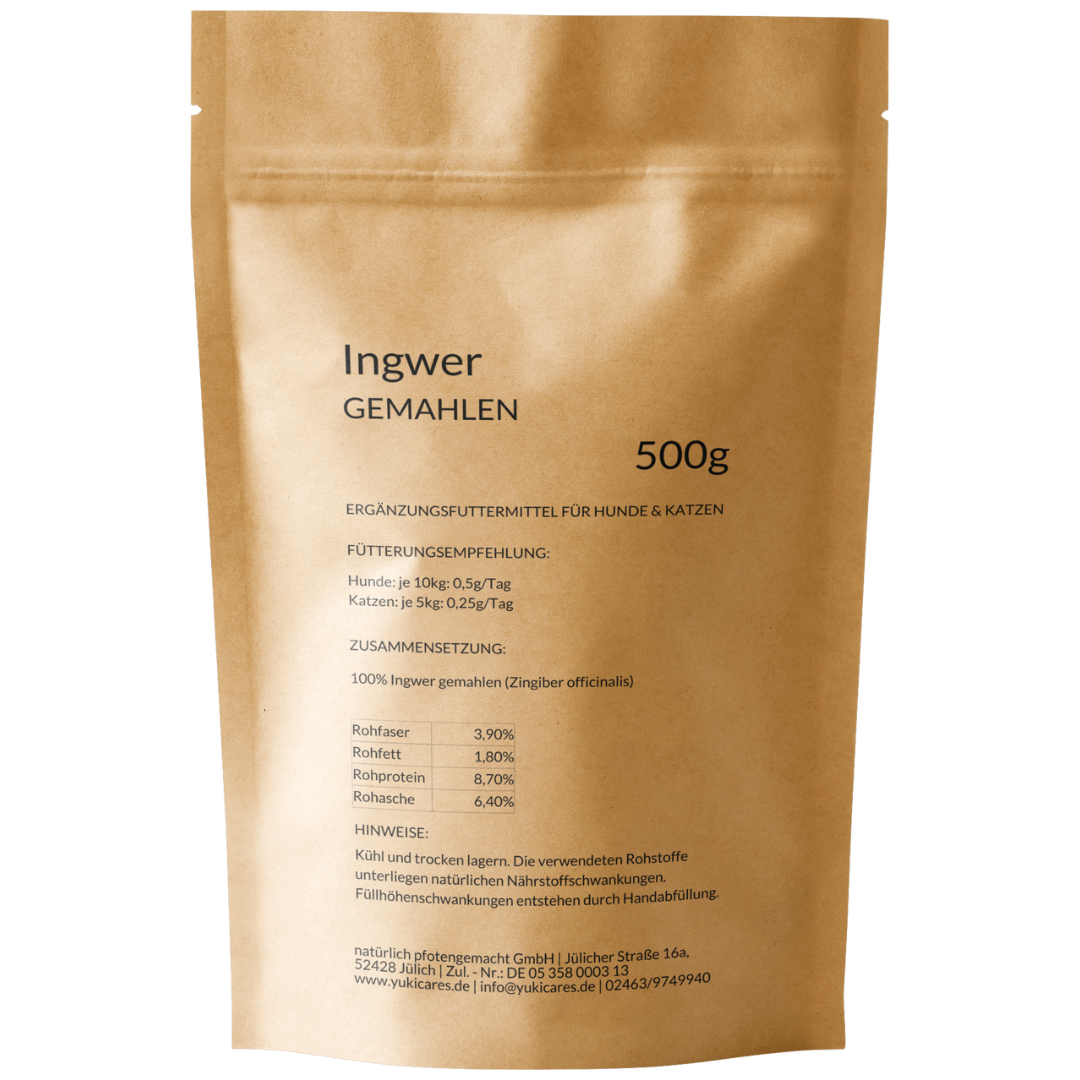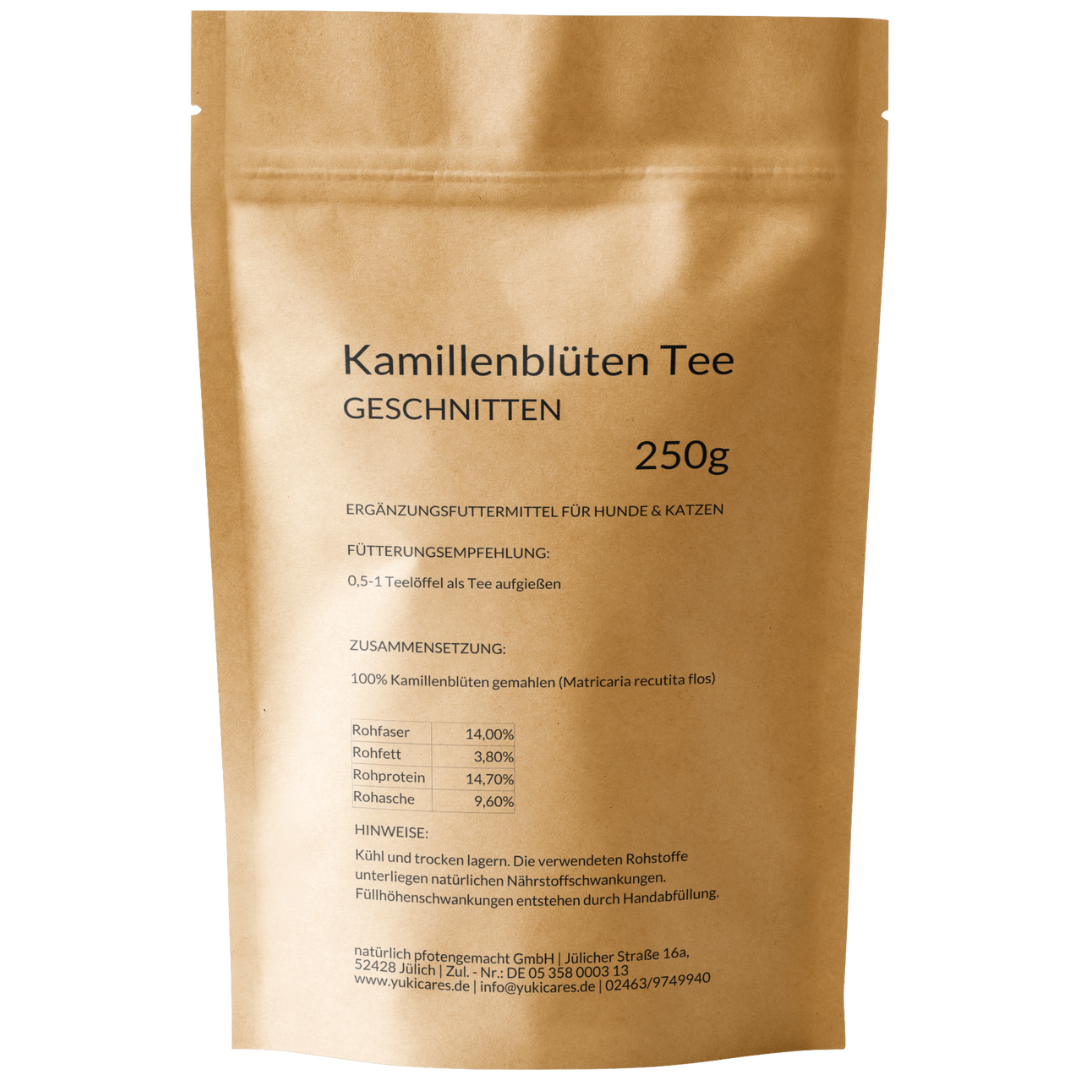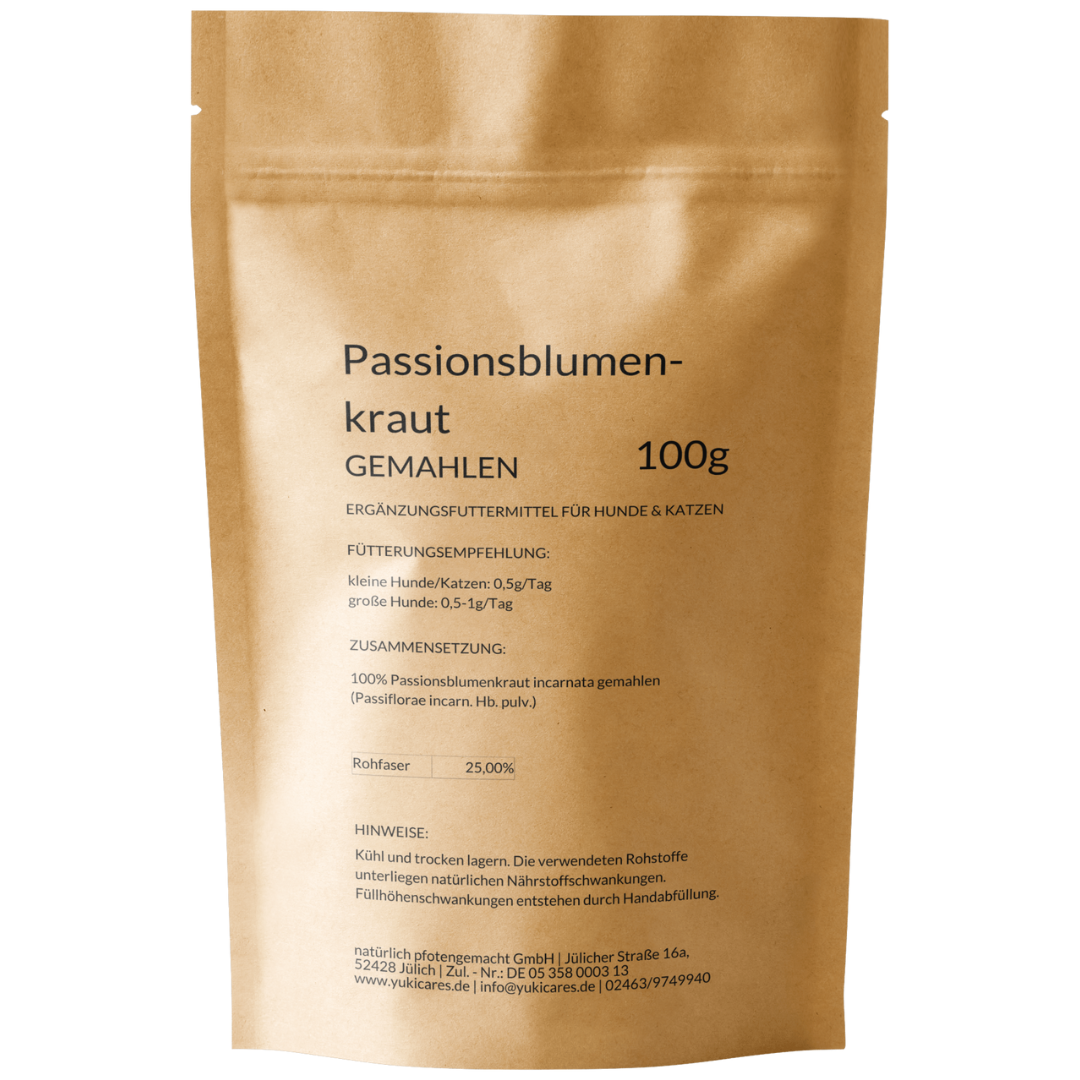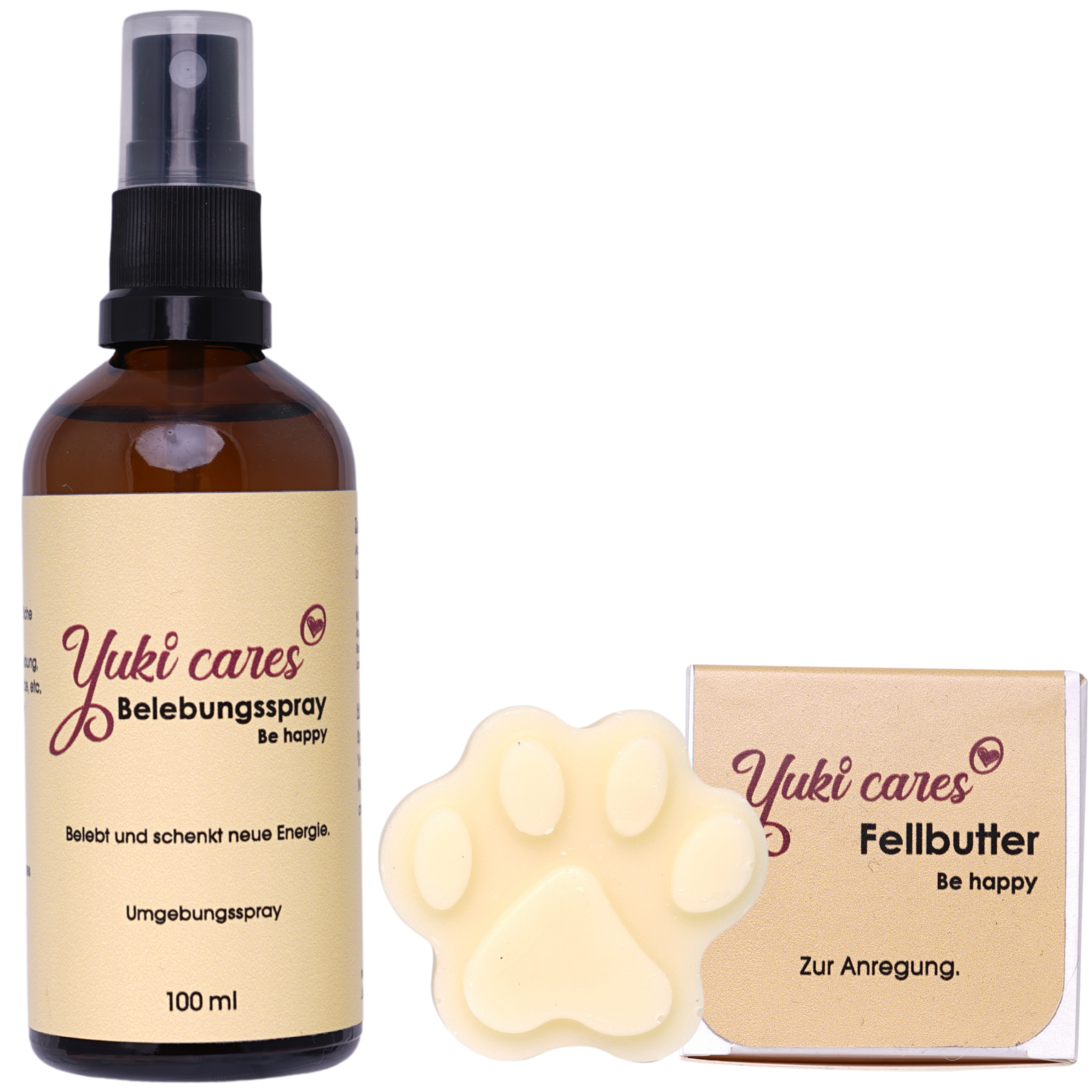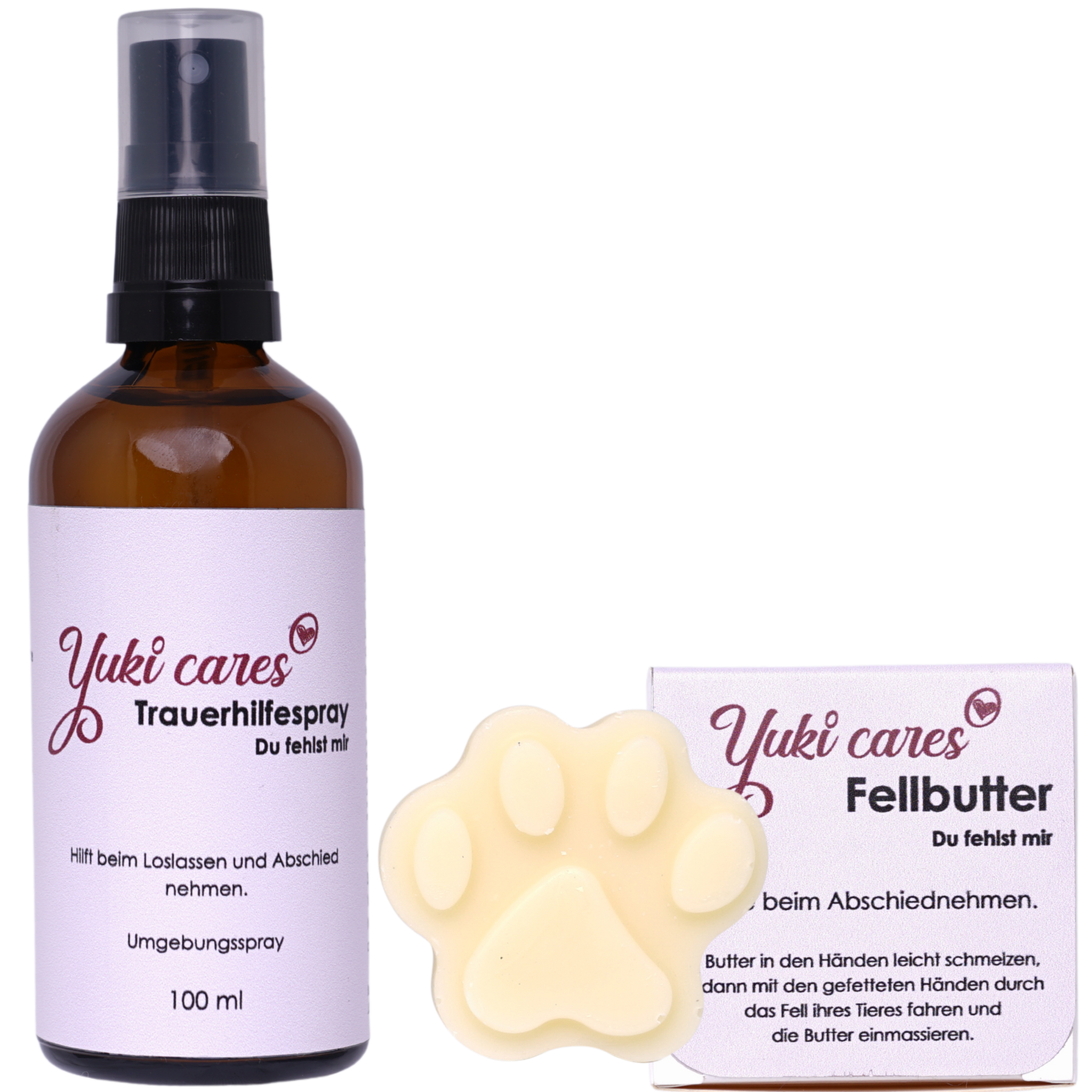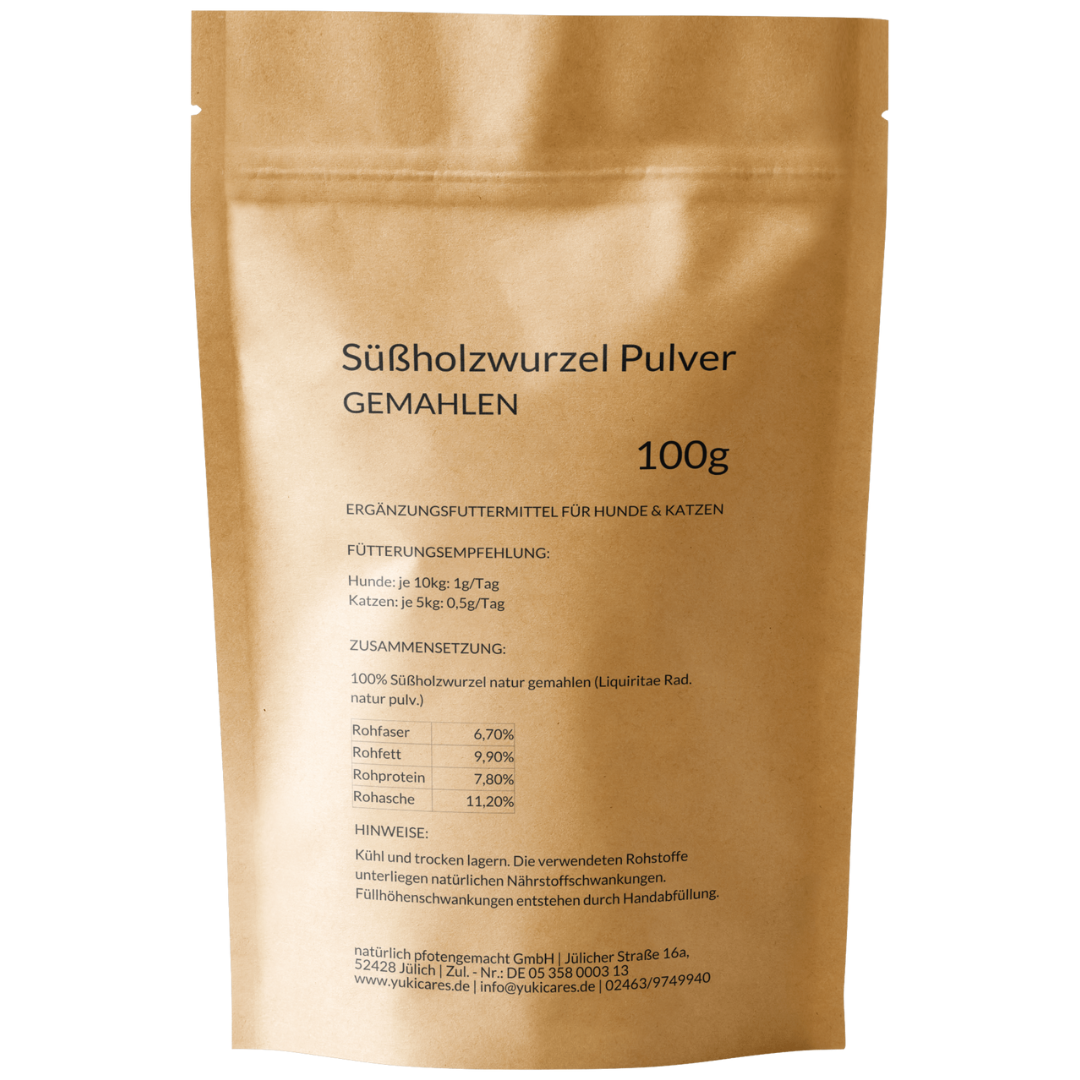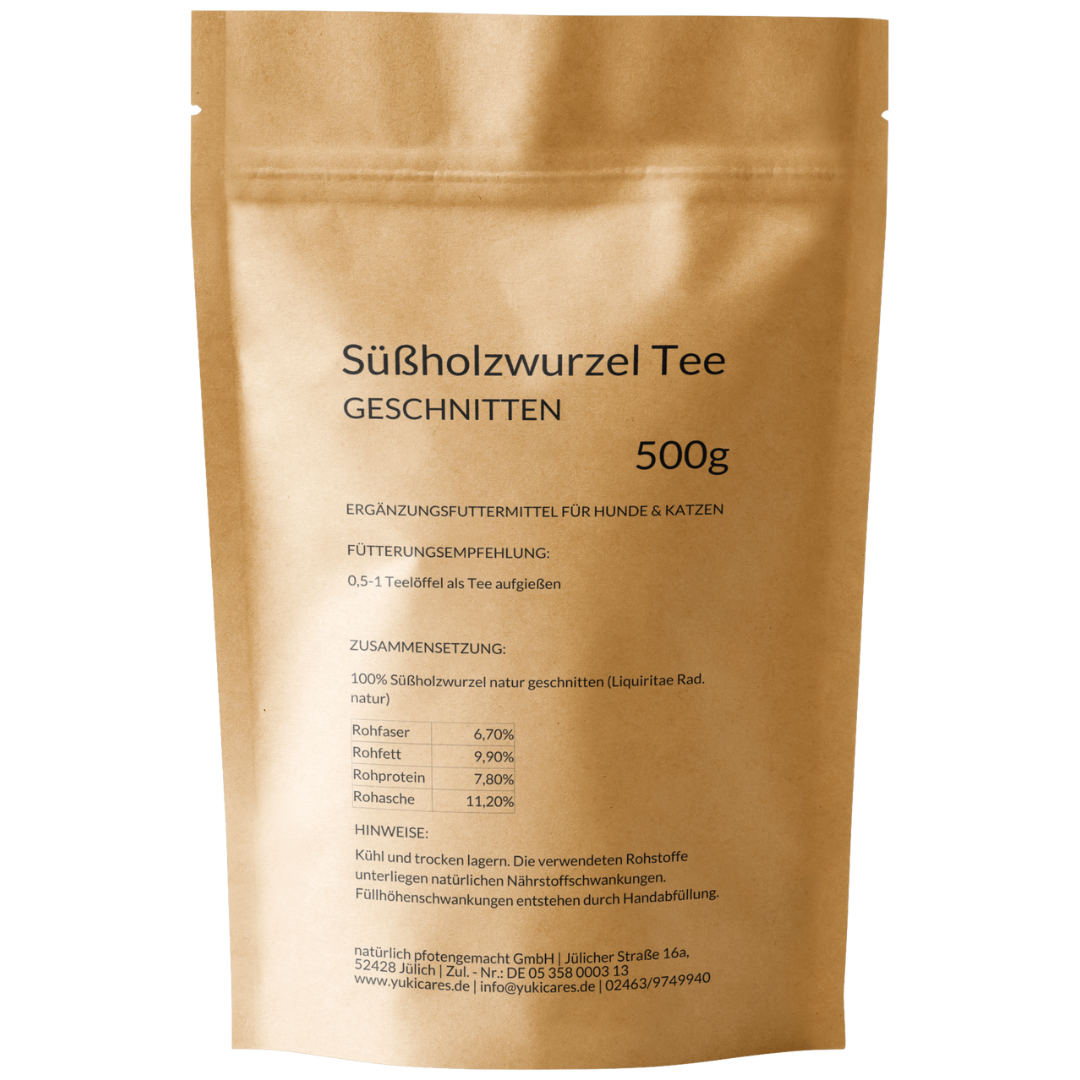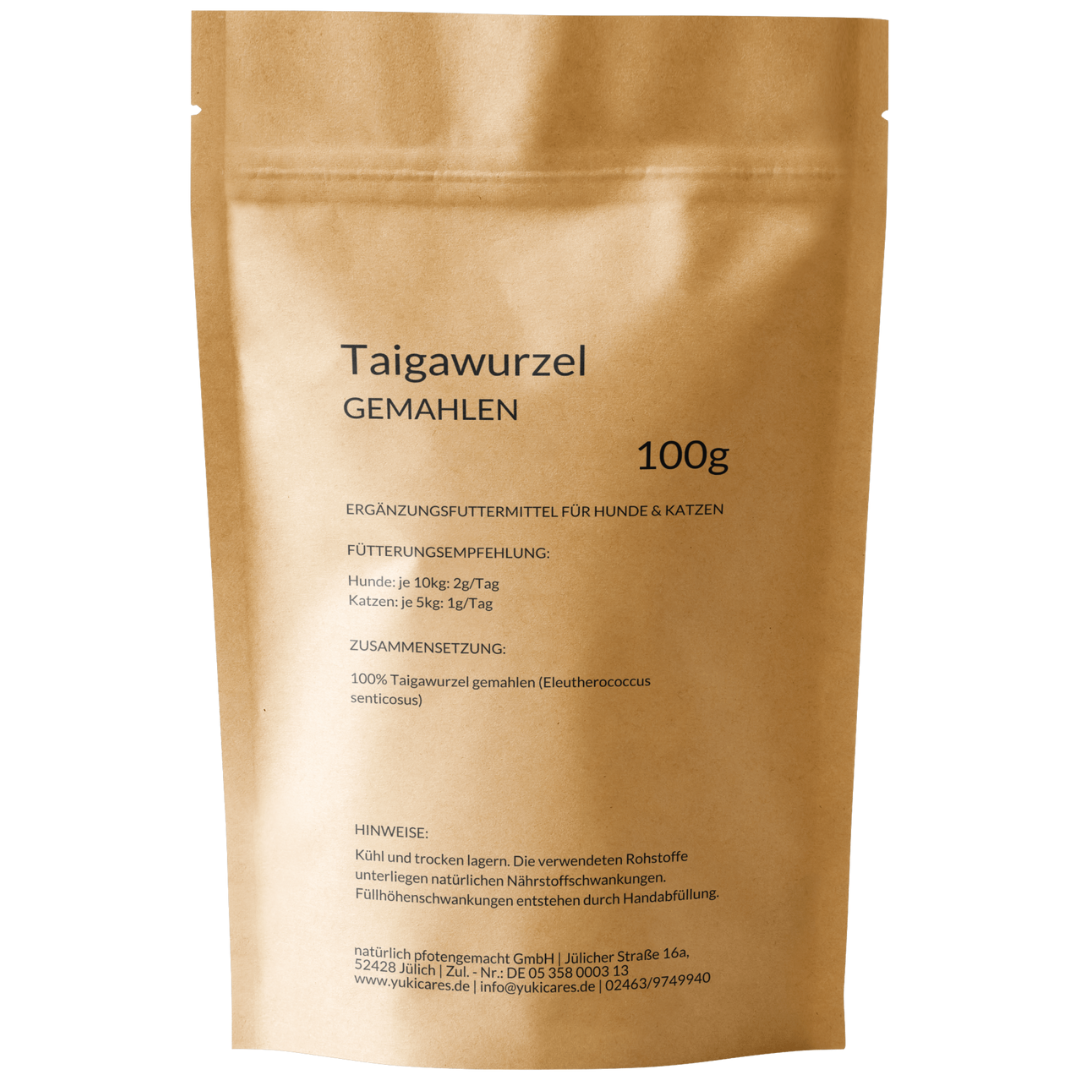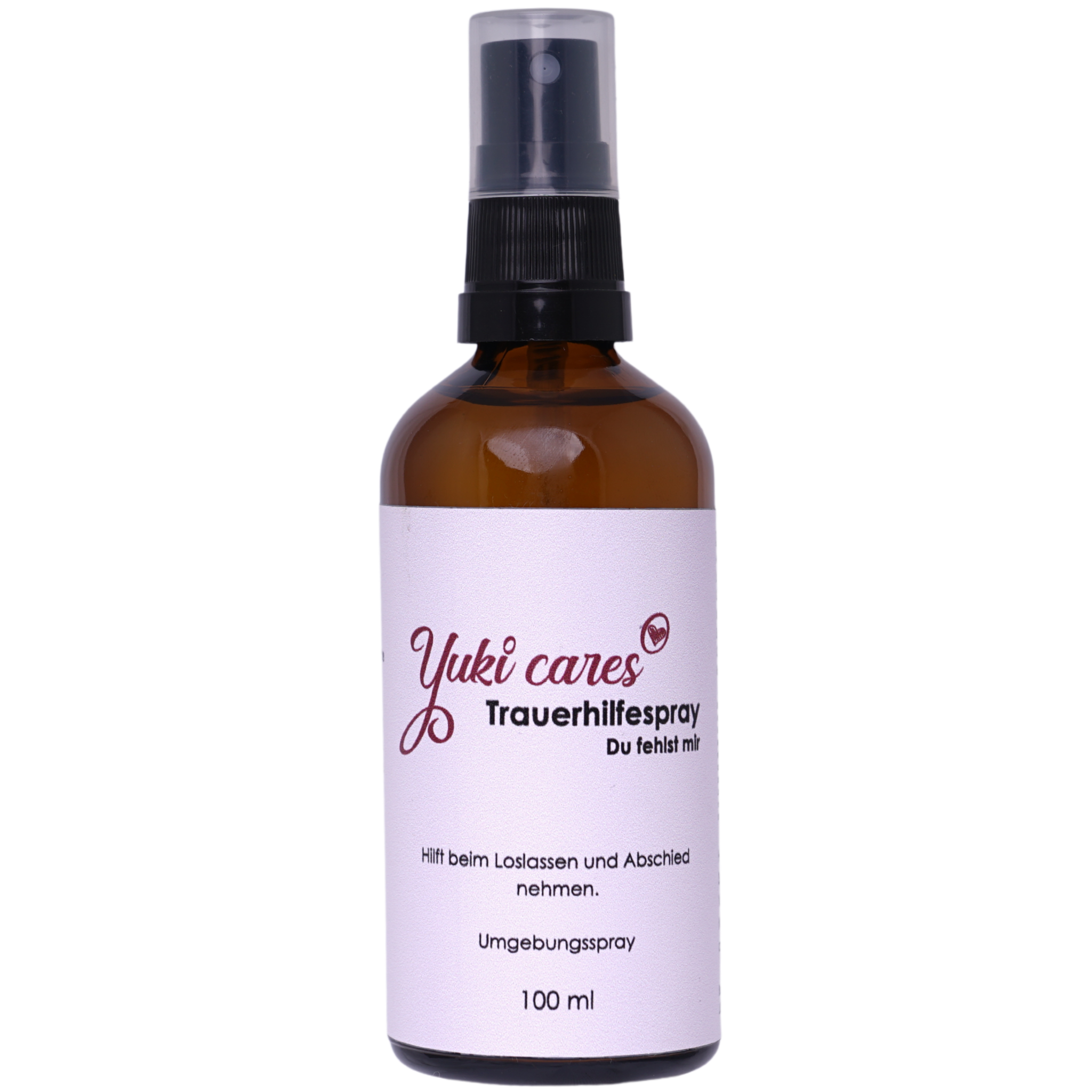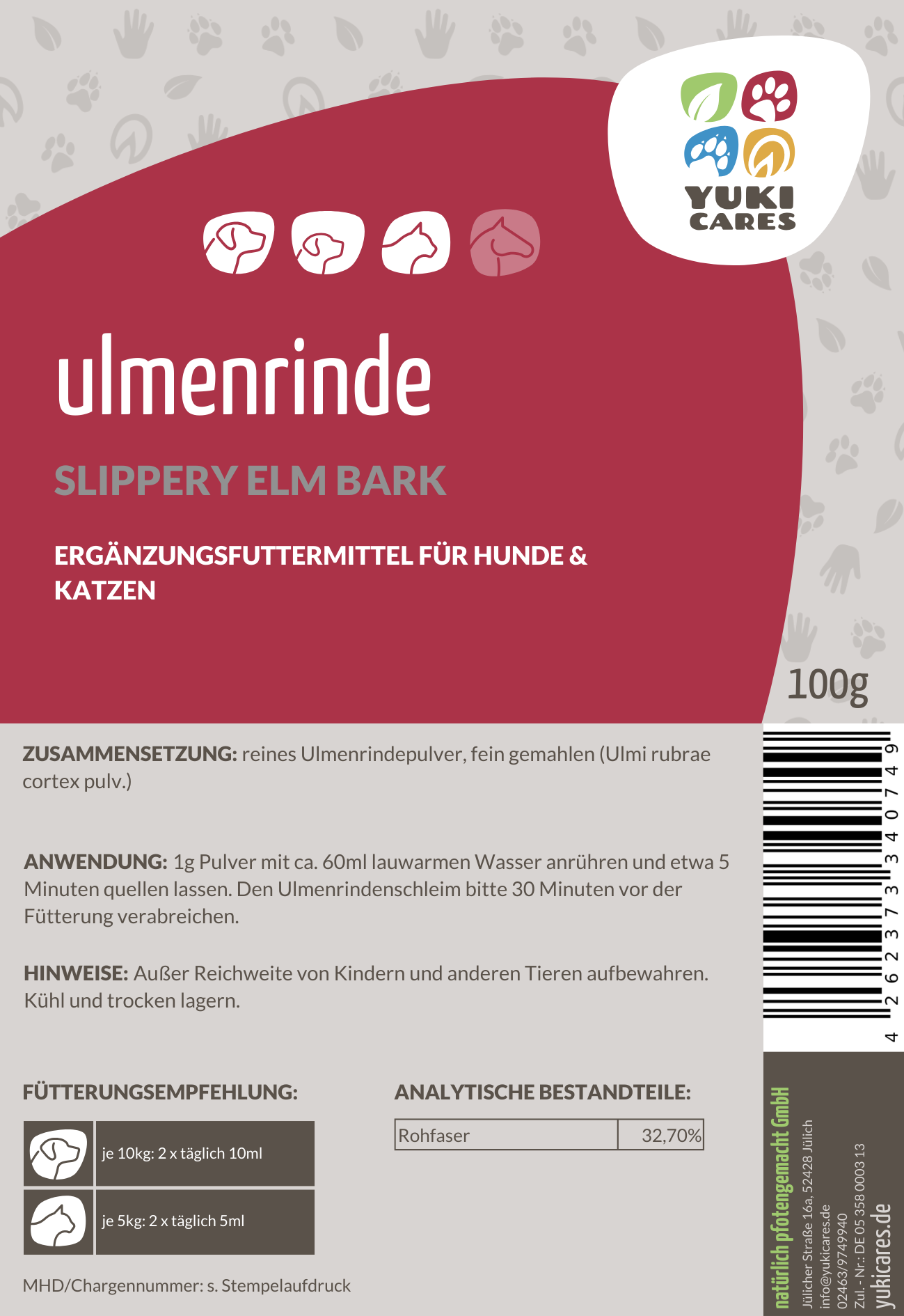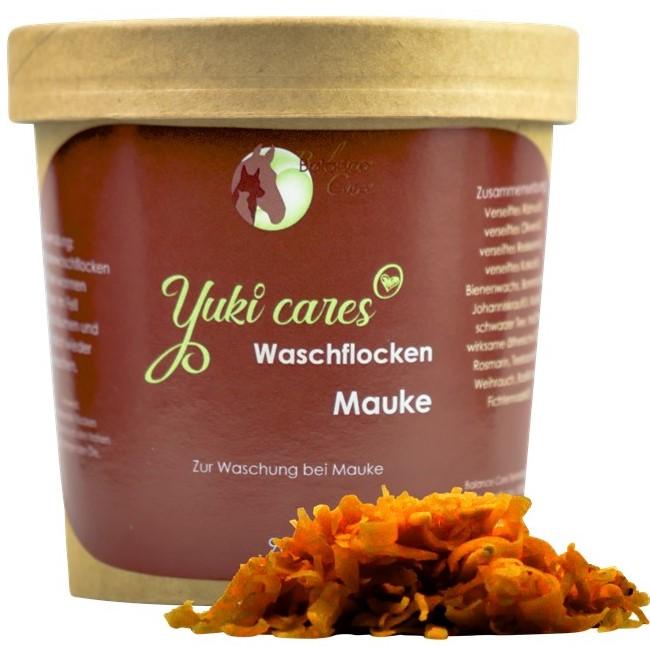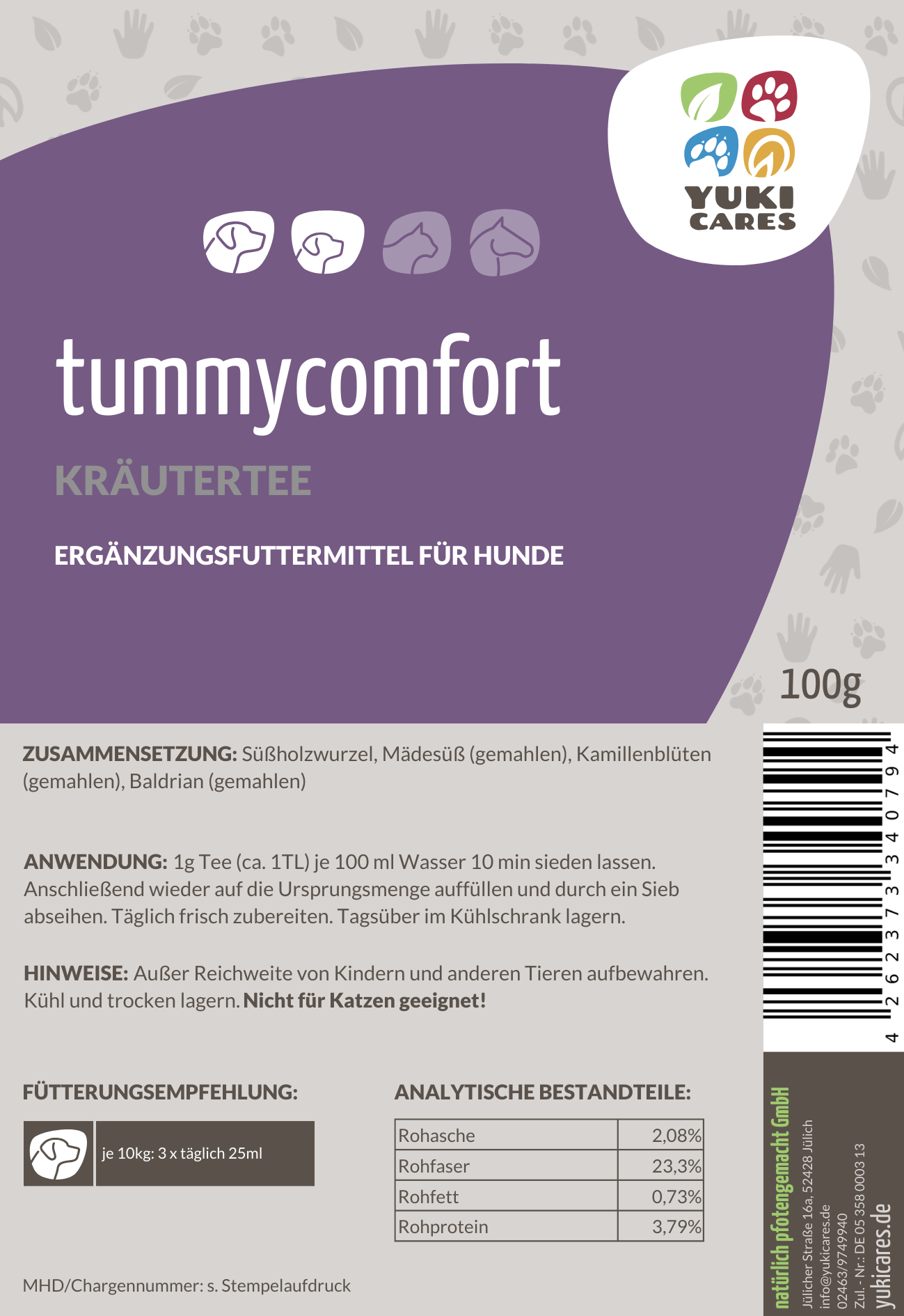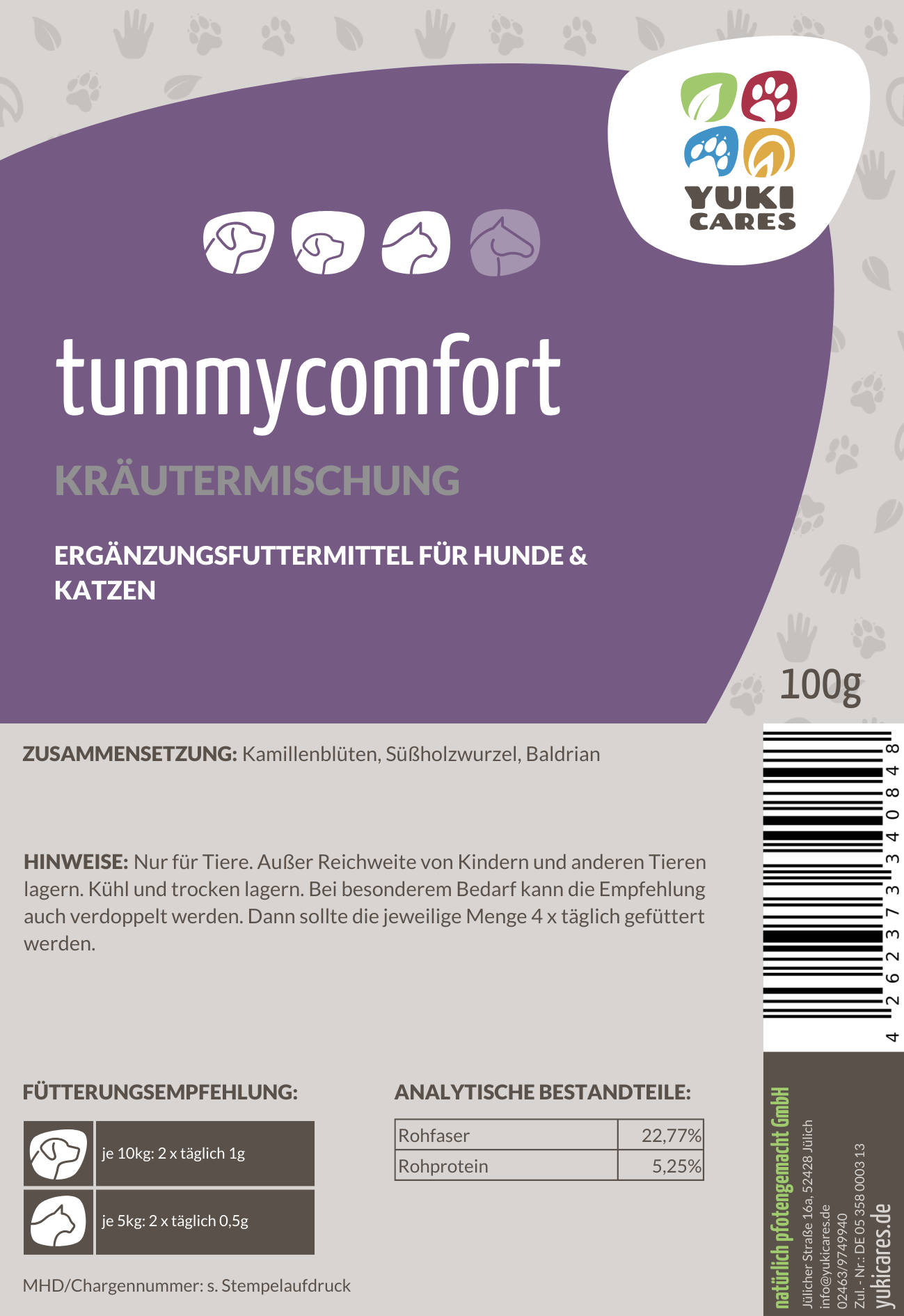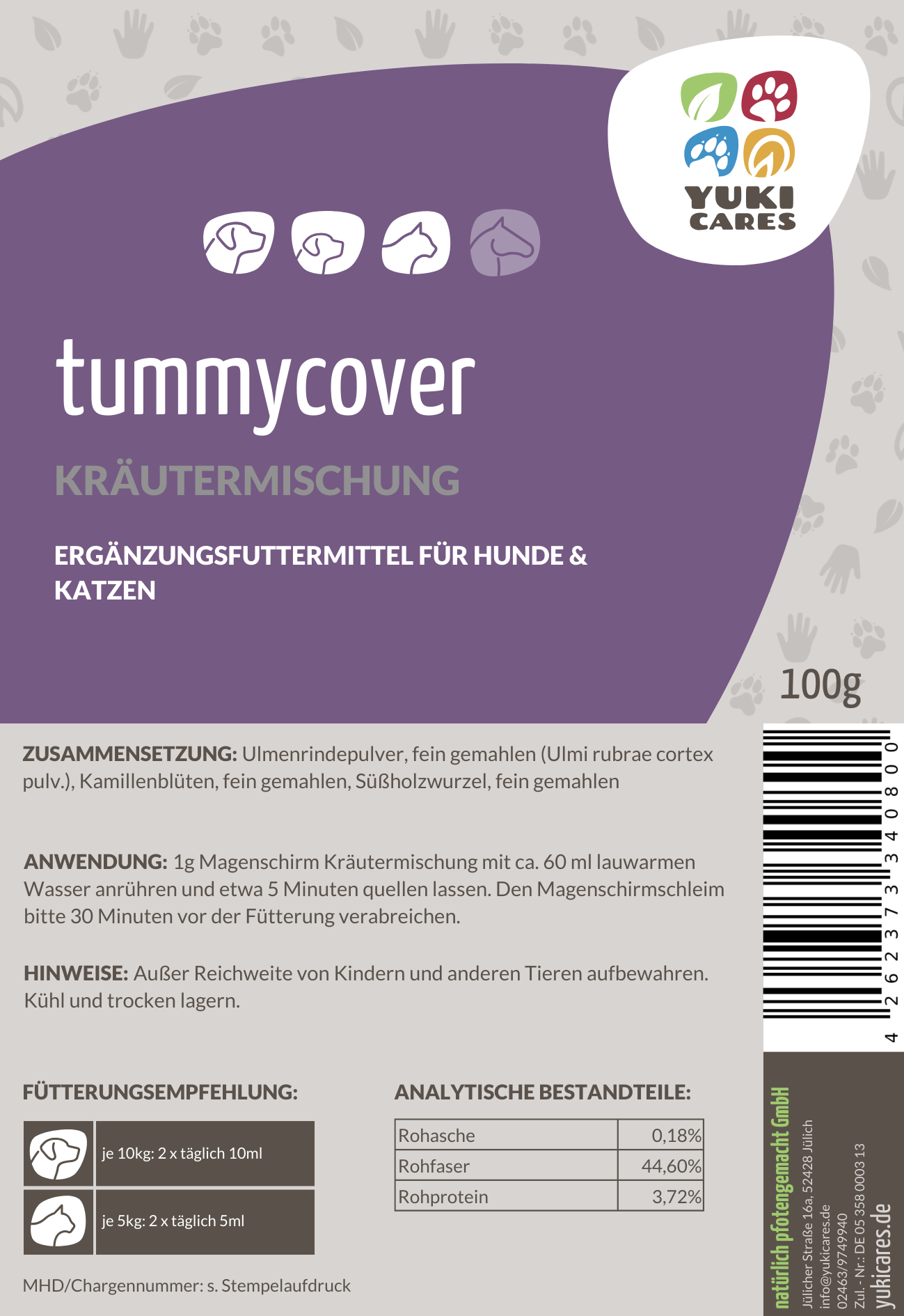Dog owners are familiar with the sound of their pet nibbling and licking. Most of the time, your dog is primarily "working" on their paws. If it happens occasionally, you don't need to worry. It's part of their normal grooming routine. You know your dog best and know how often and for how long your dog normally grooms itself. If the routine seems out of the ordinary, you should investigate the cause. There are several reasons and triggers for intense paw nibbling or paw licking.
Inhaltsverzeichnis
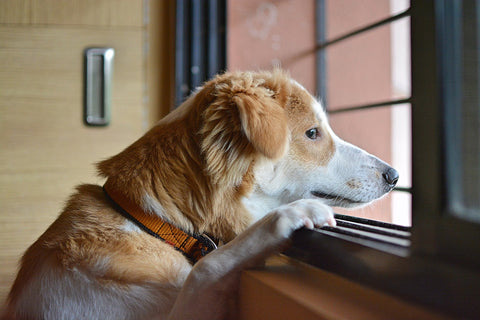
Mental health problems as triggers
Intensive paw grooming can be a substitute for physical activity. Usually, not all four paws are affected. Our pets are sensitive and often don't cope well with change. Cat and horse lovers can relate to this. Your dog is sensitive, too. This character trait is more or less pronounced depending on the dog type and breed. Mentally review the last few months and check for any changes.
- Change of job/different working hours
- Work stress changes your behavior at home
- less time for the four-legged friend
- new partner moved in
- old partner moved out
- Death in the immediate family
- Family growth with a baby
- a dog pack member has died
- a new dog in the pack
- a new second dog
- Relocation
In the stresses of everyday life, we often fail to notice that our pet feels neglected or under-stimulated. These substitute behaviors can become compulsive. Secondary illnesses can also occur. Paws that are bitten or licked until they bleed can become inflamed and itchy. This creates a vicious cycle. If there have been changes, try to improve the current situation for your dog or better integrate them into their new living conditions. Consult your veterinarian or alternative veterinary practitioner, who can advise and give you tips. Depending on the intensity of the nibbling and licking, the paws may need to be treated, and the itching may need to be relieved. If there have been no recent changes, then dismiss this option as a reason. Bach flower therapy can also be helpful here; Cool Down Spray is a good alternative for quick relief.

Allergy as a trigger
Allergies can manifest as various skin irritations or ear infections. They can trigger constant itching of the paws or other body parts, which the dog tries to counteract. Tracing the cause of an allergy is difficult. Allergies in dogs can appear just as suddenly as in humans. Allergies are often caused by food. Certain ingredients in the food are the trigger. If you suspect an allergy, you should consult anutritionist , who can help you with an elimination diet and help you identify the triggering ingredient. After some time, the food can then be adjusted to your dog's needs.
Another possible allergic reaction is contact allergy. By observing your dog, you can determine which contact they are allergic to. Usually, all four paws are affected. If it's certain grasses or bushes, you should avoid them when walking them. If the cause of the contact allergy is in your own garden, you must eliminate the problem immediately. If you regularly use dog shampoo to clean their paws, your four-legged friend may also be reacting to the ingredients in the shampoo. Stop using this dog shampoo and clean their paws with lukewarm water without additives after a walk. Also, don't rub their paws dry, but pat them gently with a soft towel. Ingredients in cleaning products and detergents can also trigger allergic reactions. Your dog's paws must be treated until the trigger for the paw licking has been found and eliminated. Constant itching on the paws must be prevented, and the irritated skin (between the toes and pads, on the top of the paw) must be protected with nourishing creams . Only once the trigger has been identified and the itching is controlled can the wounds heal. Our chew stop can help prevent the dog from nibbling. Causes of contact allergies can include:
- Grasses
- bushes
- Ground cover
- shampoo
- detergent
- Carpet cleaning products
- Floor cleaning products
You can find more in-depth information about allergies and how they arise in this article .
Irritations caused by external influences
If you notice your dog licking their paws more often after walks, you should carefully examine the affected paw. Small stones can get caught between the toes or the pads. Stings from bees or wasps can be stuck in the pads. Tiny pieces of glass or thorns can cause small cracks in the pads. You should also always keep an eye out for awns, especially in late summer! After long hikes, the pads of the feet may be overstressed. They become cracked and feel slightly warm. Your dog's paws are particularly subjected to tough tests in winter. The road salt and gravel put a lot of strain on the skin between the pads and on the pads themselves. All of these things cause your dog to intensively engage with their paws.
Carefully remove small foreign objects with tweezers. Cut the fur between the toes and pads short so that fewer small objects can get caught and you can find and remove them more easily. Carefully remove road salt residue with lukewarm water and our Dreckspatz soap . You can make cracked skin more supple with paw balm . In very cold weather, you should protect your dog's paws with our paw protection stick . This is good against the cold and also offers protection against ice residue from frozen snow. If the paws are slightly warm from overexertion or an insect bite, relieve the discomfort with cooling ointments such as our Skin Repair Lotion or our Insect Stick . These small injuries usually heal quickly, thanks to your help. If you spend a lot of time outdoors with your dog in winter, you may want to buy suitable dog boots. These small boots protect the paws from the cold, minor injuries and road salt. If the cuts are larger, or if your dog continues to "lick" one or more paws or is limping, visit your veterinarian. There, larger injuries can be treated professionally and the underlying, not immediately apparent, reason for the dog's paw licking can be determined.
The dog licks paws due to parasites or similar
Parasites and fungi are often responsible for your dog's behavior. Treatment is essential for a fungal infection. Fungi as a trigger for itching are rare, but possible. The fungal infection can trigger an infection and thus cause intense itching. Another indication of a fungal infection is bald patches (hair loss). Possible fungal species that can occur on the legs and paws include:
- Yeast fungi
- filamentous fungi
- Sprouting fungi
Mite infestation is far more common. These annoying parasites include, for example, Demodex mites (hair follicle mites). There are two different types of infestation. In some cases, the entire dog's body is infested by these mites, and in other cases, there is localized infestation. In both cases, the skin becomes irritated, the coat falls out partially or completely, and the dog suffers from annoying itching. Localized infestation is particularly common in young dogs. If the mites concentrate on the paw area, discoloration of the claws can occur. An infestation of the dog's paws is called pododermodicosis. The disease caused by Demodex mites is less common in dogs with an intact immune system, so you should seek help from your veterinary alternative practitioner in such a case. Together, you can specifically build up your dog's immune system.
Grass mites deserve greater attention as a trigger for paw licking and paw nibbling.
grass mites
What are grass mites?
The correct name is autumn mite or harvest mite. The Latin name is Neotrombicula autumnalis. These tiny creatures belong to the arachnid family. Animal lovers and gardening enthusiasts also know them as autumn grass mites or hay mites. The adults live underground. They can sometimes be found at a depth of up to 60 cm. These arachnids lay their eggs above ground in the grass. The larvae hatch from these eggs after four weeks. The larvae are about 0.3 mm in size. These annoying parasites are orange-red. They love warm, humid, and sunny weather. They climb blades of grass up to a height of 20 cm. There the larvae wait for passing hosts. In our latitudes they are mainly found from July to October. In warm weather they can be active as early as April.
Autumn grass mites are only parasites during this growth phase. They infest mammals (dogs, cats, mice, and sometimes humans) and birds. They are not actually bloodsuckers. They rarely injure blood vessels and suck blood. They feed primarily on cell sap and lymph. They scratch the skin with their mouthparts. The saliva secretion enters the small wound and loosens the tissue. Infestation can last several days in dogs. When they are full, they simply drop off. They go through three more nymph stages and then become adult mites. Grass mites do not transmit disease. That is the only positive thing about these annoying larvae. They can be found in meadows, gardens, and near bodies of water.
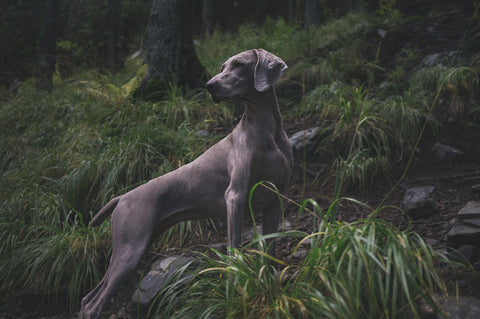
Dog nibbles on paws – autumn grass mites
The saliva secreted by the mite larvae can cause severe itching in dogs. Furthermore, when their mouthparts scratch the skin, inflammation can occur. Both of these conditions are unpleasant for your four-legged friend and trigger increased scratching, nibbling, and licking.
Unfortunately, in practice, there's not much you can do to combat these annoying little creatures. The only way to completely prevent infestation is to limit your dog's walks to sidewalks and sandy paths. But do you really want that during the most wonderful time of the year? As a preventative measure, you can apply coconut oil or our Coconut Spray Walk Protection to keep the mites away from your dog.
After long walks in the woods and meadows, you can simply wash your dog's legs and paws. Firstly, your dog will enjoy it in the warm weather, and secondly, you can simply rinse away those annoying larvae. But be careful: Your own garden may be infested with autumn mites. These tiny creatures are so small that you can't see them with the naked eye.
But you can still test your garden. Place a white sheet of paper or a white, flat plate in the grass. It should also work with black. The mites love warmth. After a while, orange-red spots will appear. This means you have grass mite larvae in your garden. If you always keep your lawn short, you're making life difficult for these little creatures. Always remove grass clippings and water the lawn during summer temperatures. Mite larvae hate water and retreat into the soil. A stinging nettle mixture can also help.
If you generally protect your dog from vermin, you're already doing something to combat mite infestation. Anything that's unpleasant for ticks and fleas is useful against mite larvae. It doesn't always have to be chemicals. The scent of many essential oils is unpleasant for these parasites; we've combined them in our coconut spray .
If your dog has already contracted mites, the Yuki cares Grass Mite Paw Bath will help remove the parasites. Our Grass Mite Lotion helps relieve itching, even in cats. Remember to also clean or wash all bedding areas and dog blankets.

Conclusion
In practice, you have several options for getting paw chewing under control. The best way to find the root cause of this problem is to calmly analyze all the circumstances. Start by identifying the most likely trigger and act accordingly.
Our veterinary alternative practitioner Katrin would be happy to advise you personally on your problem. You can also schedule a 30-minute consultation with her directly (for a fee).
If you already know that your pet is allergic, the allergy package might be something for you.
Text by Balance Cure Tierheilpraxis & Textbroker / Pamina 2
Photos by Pixabay



